Picture Source = https://www.deccanherald.com/city/11-yrs-kspcb-helpless-tackling-707468.html
On 5th June 2019, World Environment Day has been celebrated across the globe on the theme of “air pollution”— a call to action to combat one of the greatest environmental challenges of our time. Hosted by China, World Environment Day invites us all to consider how we can make changes in our daily lives to reduce air pollution, which in turn can reduce greenhouse gas emissions and benefit people’s health too. To do that we ought to understand causes & effects of air pollution and the measures to control it. This article is an attempt in this regard.
Air Pollution-It is an undesirable change in the physical, chemical or biological characteristics of air.
Air Pollutants-They are the substances which pollute the air. Some of the common pollutants are dust, soot, ash, carbon monoxide, excess of carbon dioxide, sulphur dioxide, oxides of nitrogen, hydrocarbons, chlorofluorocarbons (CFC), lead compounds, asbestos dust, cement dust, pollens and radioactive rays.
Causes of Air Pollution: The pollution of air can be caused by natural processes or by human activities.
(A) Natural Sources of Air Pollution-They are dust storms, forest fires, ash from smoking, volcanoes, decay of organic matters and pollen grains floating in air. Sand and dust storms are particularly concerning. Fine particles of dust can travel thousands of miles on the back of these storms, which may also carry pathogens and harmful substances, causing acute and chronic respiratory problems.
(B) Man made Sources of Air Pollution- It comes from five main human sources. These sources spew out a range of substances including carbon monoxide, carbon dioxide, nitrogen dioxide, nitrogen oxide, ground-level ozone, particulate matter, sulphur dioxide, hydrocarbons, and lead–all of which are harmful to human health.
- Household: The main source of household air pollution is the indoor burning of fossil fuels, wood and other biomass-based fuels used for cooking, heating and lighting homes.
- Industry: In many countries, energy production is a leading source of air pollution. Coal-burning power plants are a major contributor, while diesel generators are a growing concern in off-grid areas. Industrial processes and solvent use, in the chemical and mining industries, also pollute the air.
- Transport: The global transport sector accounts for large chunk of energy-related carbon dioxide emissions and this proportion is rising.
- Agriculture: There are two major sources of air pollution from agriculture- livestock, which produces methane and ammonia, and the burning of agricultural waste. Methane is a more potent global warming gas than carbon dioxide.
- Waste: Open waste burning and organic waste in landfills release harmful dioxins, methane, and black carbon into the atmosphere. The problem is most severe in urbanizing regions and developing countries.
Harmful Effects of Air Pollution: Air pollution is identified as the most important health issue of our time, causing number of deaths prematurely. The ill effects of air pollution are numerous.
- Air pollution affects respiratory system causing breathing difficulties and diseases such as bronchitis, asthma, lung cancer, tuberculosis and pneumonia.
- It affects the central nervous system causing carbon monoxide poisoning. CO has more affinity for haemoglobin than oxygen and thus forms a stable compound carboxy haemoglobin (COHb), which is poisonous and causes suffocation and death.
- It causes depletion of ozone layer due to which ultraviolet radiations can reach the earth and cause skin cancer, damage to eyes and immune system.
- It causes acid rain, which damages crop plants, trees, buildings, monuments, statues and metal structures and makes the soil acidic.
- It causes greenhouse effect and global warming which leads to excessive heating of earth’s atmosphere, further leading to weather variability and rise in sea level. The increased temperature may cause melting of ice caps and glaciers, resulting in floods.
- Air pollution from certain metals, pesticides and fungicides causes serious ailments.
- Lead pollution causes anaemia, brain damage, convulsions and death.
- Certain metals cause problem in kidney, liver, circulatory system and nervous system.
- Fungicides cause nerve damage and death.
- Pesticides like DDT (Dichloro diphenyl trichloroethane) which are toxic, enter into our food chain and gets accumulated in the body causing kidney disorders and problems of brain and circulatory system.
Prevention and Control of Air Pollution: The good news is that air pollution is preventable. Solutions are known and can be implemented. Different techniques are used for controlling air pollution caused by ‘gaseous pollutants’ and that caused by ‘particulate pollutants’.
(A) Methods of controlling gaseous pollutants-The air pollution caused by gaseous pollutants like hydrocarbons, sulphur dioxide, ammonia, carbon monoxide, etc can be controlled by using three different methods-Combustion, Absorption and Adsorption.
- Combustion-This technique is applied when the pollutants are organic gases or vapours. The organic air pollutants are subjected to ‘flame combustion or catalytic combustion’ when they are converted to less harmful product carbon dioxide and a harmless product water.
- Absorption-In this method, the polluted air containing gaseous pollutants is passed through a scrubber containing a suitable liquid absorbent. The liquid absorbs the harmful gaseous pollutants present in air.
- Adsorption-In this method, the polluted air is passed through porous solid adsorbents kept in suitable containers. The gaseous pollutants are adsorbed at the surface of the porous solid and clean air passes through.
(B) Methods of controlling particulate emissions-The air pollution caused by particulate matter like dust, soot, ash, etc can be controlled by using fabric filters, wet scrubbers, electrostatic precipitators and certain mechanical devices.
(i) Fabric Filters-The particulate matter is passed through a porous medium made of woven or filled fabrics. The particulate present in the polluted air are filtered and gets collected in the fabric filters, while the gases are discharged.
(ii) Wet Scrubbers-They are used to trap SO2, NH3 and metal fumes by passing the fumes through water.
(iii) Electrostatic Precipitators-When the polluted air containing particulate pollutants is passed through an electrostatic precipitator, it induces electric charge on the particles and then the aerosol particles get precipitated on the electrodes.
(iv) Mechanical Devices-It works on the basis of following:
- Gravity-In this process, the particulate settle down by the action of gravitational force and get
- Sudden change in the direction of air flow-It brings about separation of particles due to greater
(C) Some other methods of controlling Air Pollution:
- Tall chimneys should be installed in factories.
- Better designed equipments and smokeless fuels should be used in homes and industries. The adoption of cleaner, more modern stoves and fuels can reduce the risks of illness and save lives.
- Policies and programmes aimed at increasing energy efficiency and production from renewable sources have a direct impact on a country’s air quality. Investment that promote renewable energy production, cleaner production, energy efficiency and pollution control should be incentivized.
- Reducing vehicular emissions is an important intervention to improve air quality, especially in urban areas. Policies and standards that require the use of cleaner fuels and advanced vehicle emissions standards can reduce vehicular emissions substantially.
- Improving the collection, separation, and disposal of solid waste reduces the amount of waste that is burned or landfilled. Separating organic waste and turning it into compost or bioenergy improves soil fertility and provides an alternative energy source.
- More trees should be planted along roadsides and houses.
Conclusion: Air pollution impacts all of us and we all have a role to play to keep our air clean. The sources of air pollution are many but if we act now, we can work towards eliminating dangerous pollutants that are costing lives, driving climate change, and weakening our planet’s life systems every day. We need to act now and can demonstrate our commitment by simple steps like plant trees, clean up trash and find ways to commute without polluting.
Brahmeshwar Kumar,
Sr. Manager (Env), NHPC
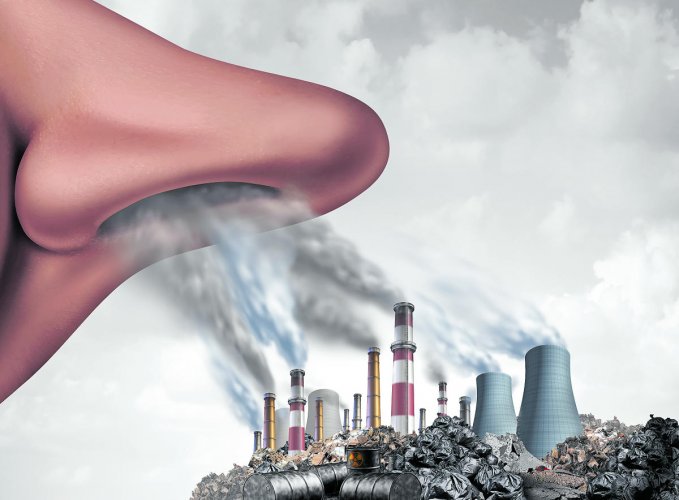









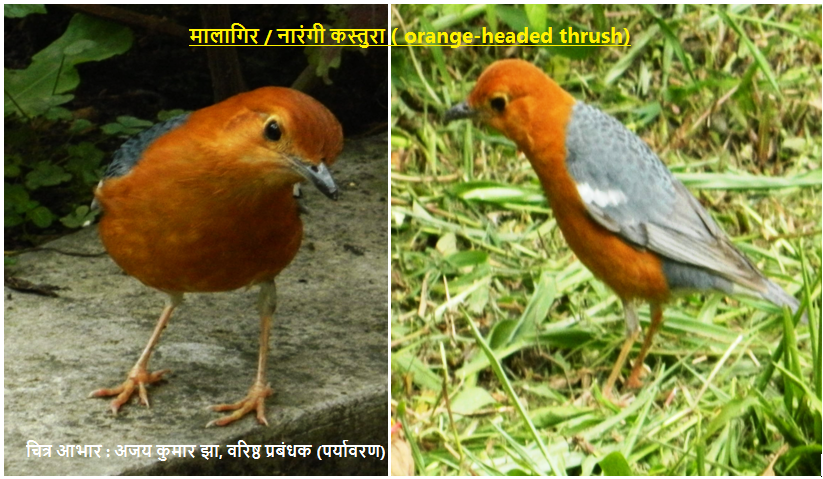






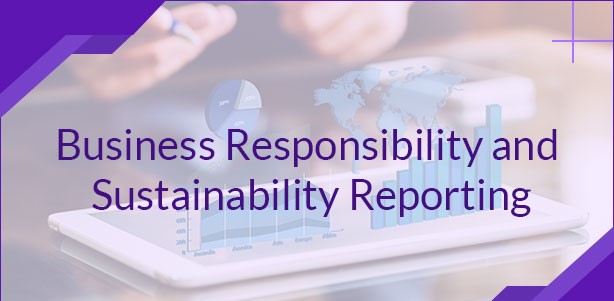


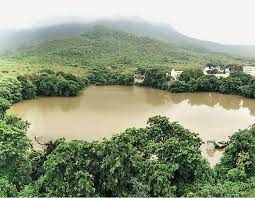


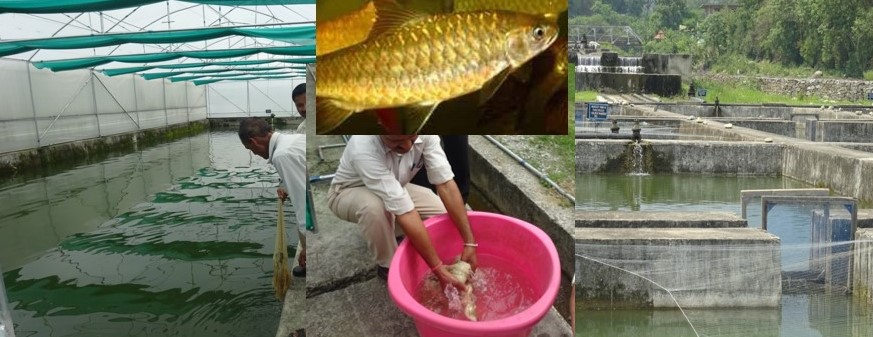





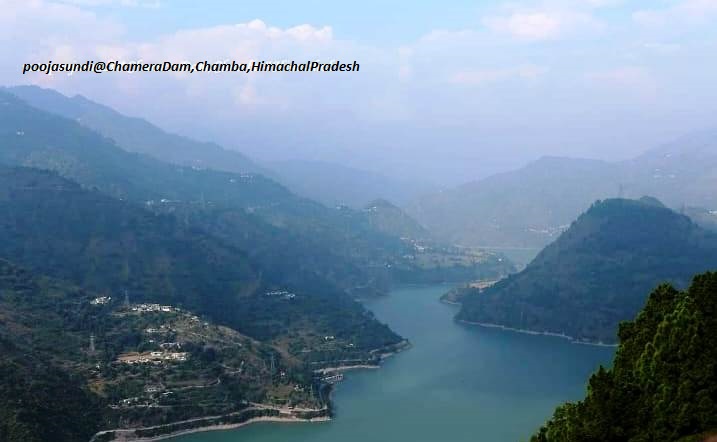
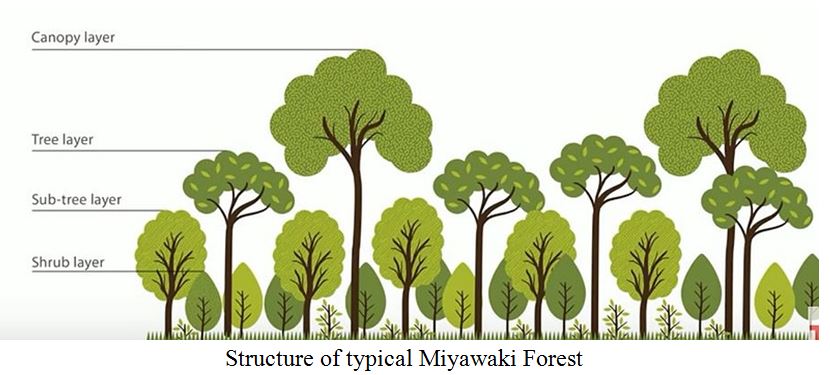
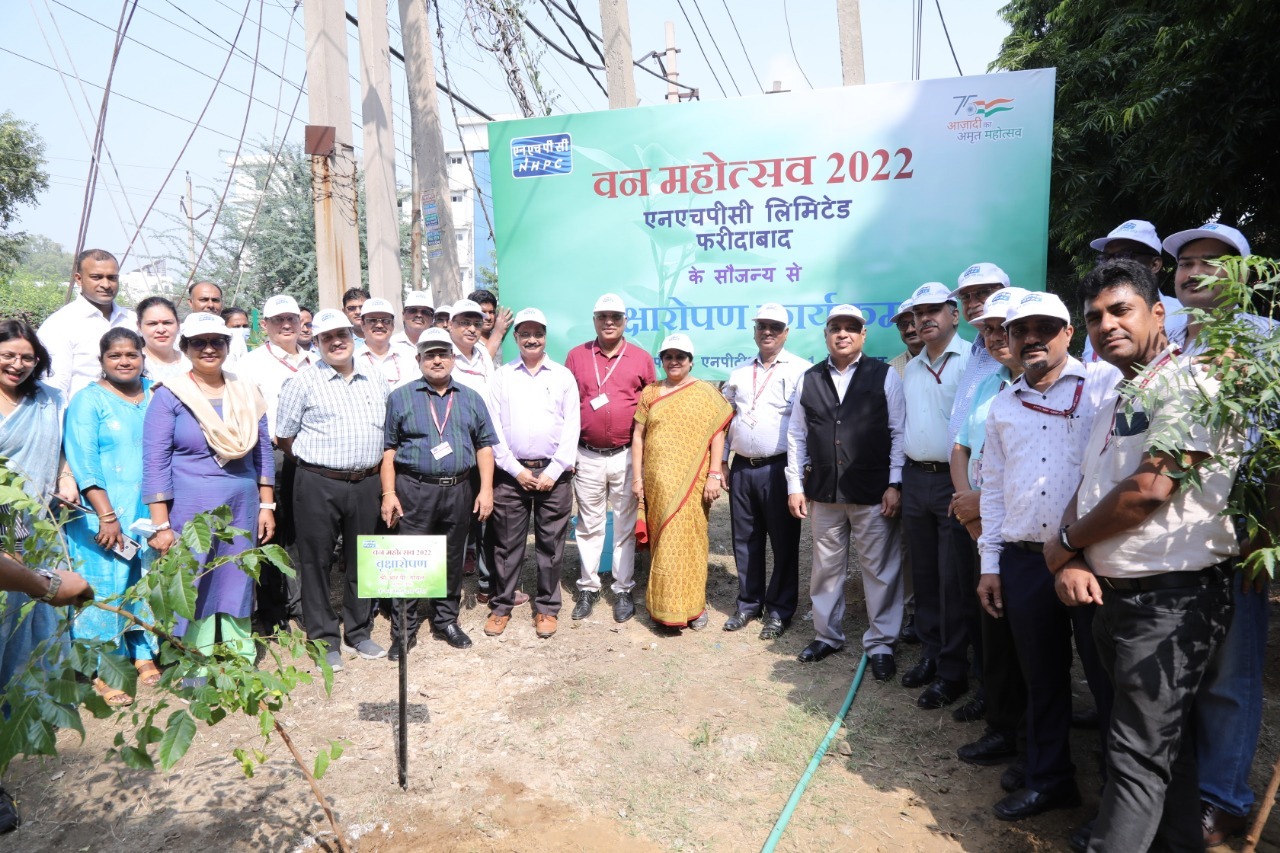


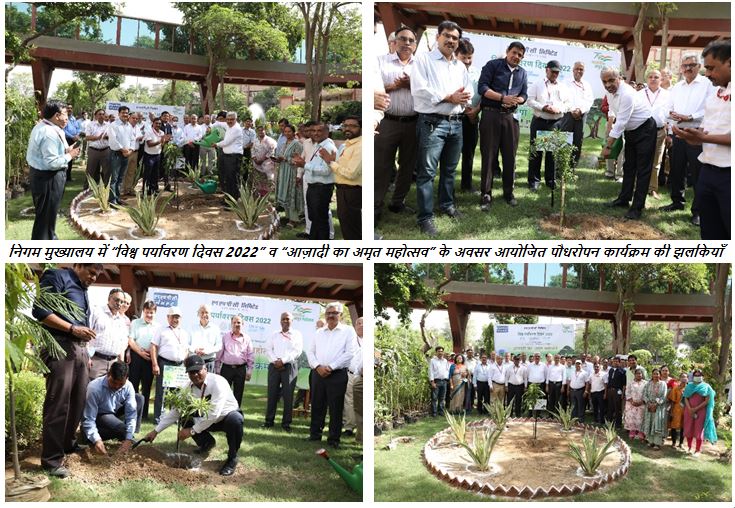

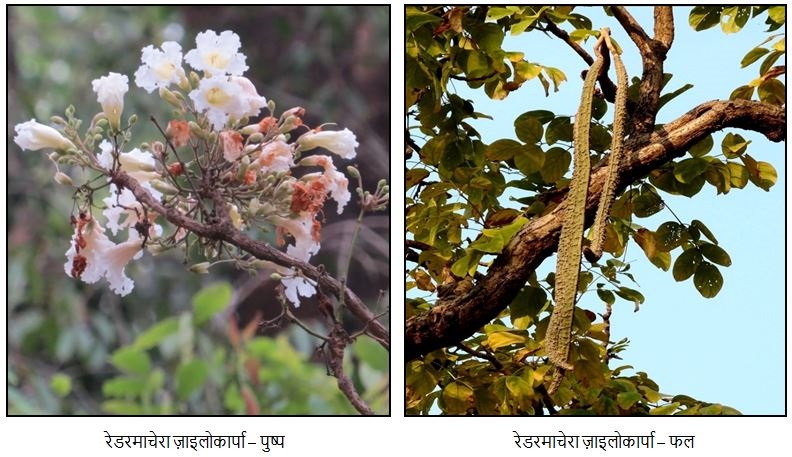










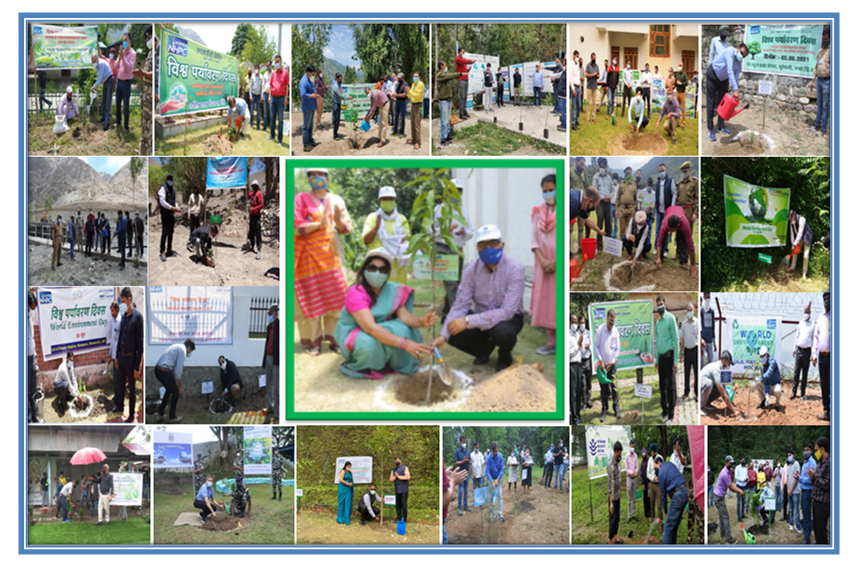

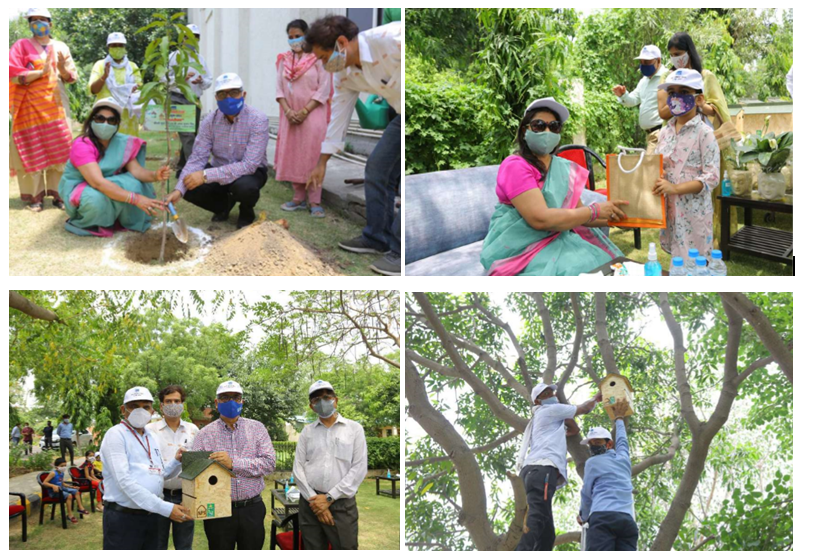










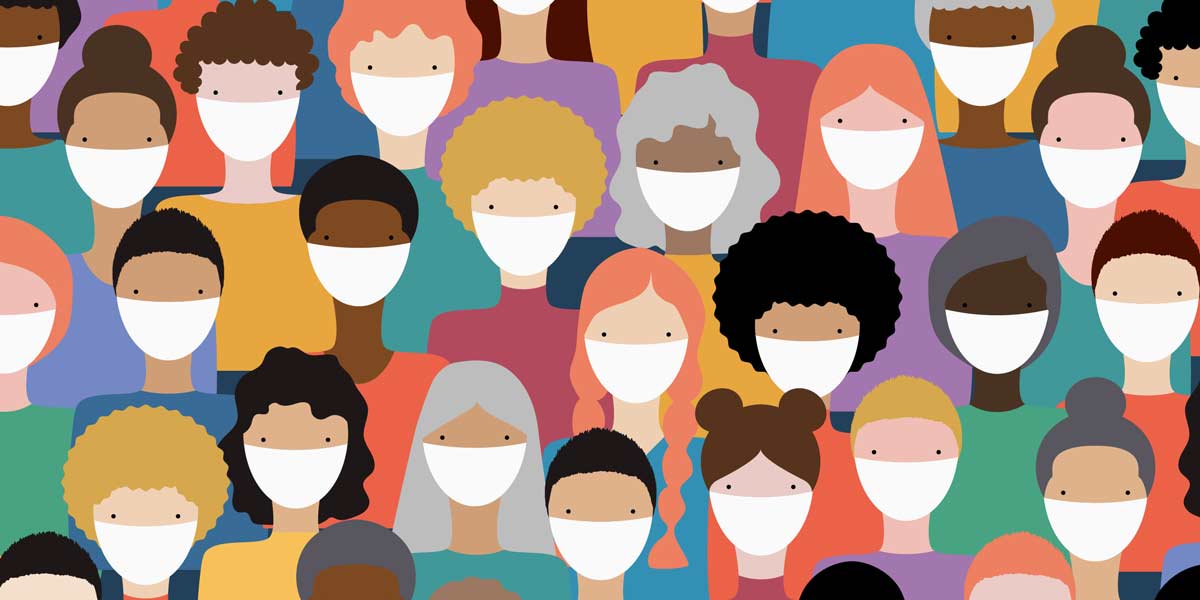


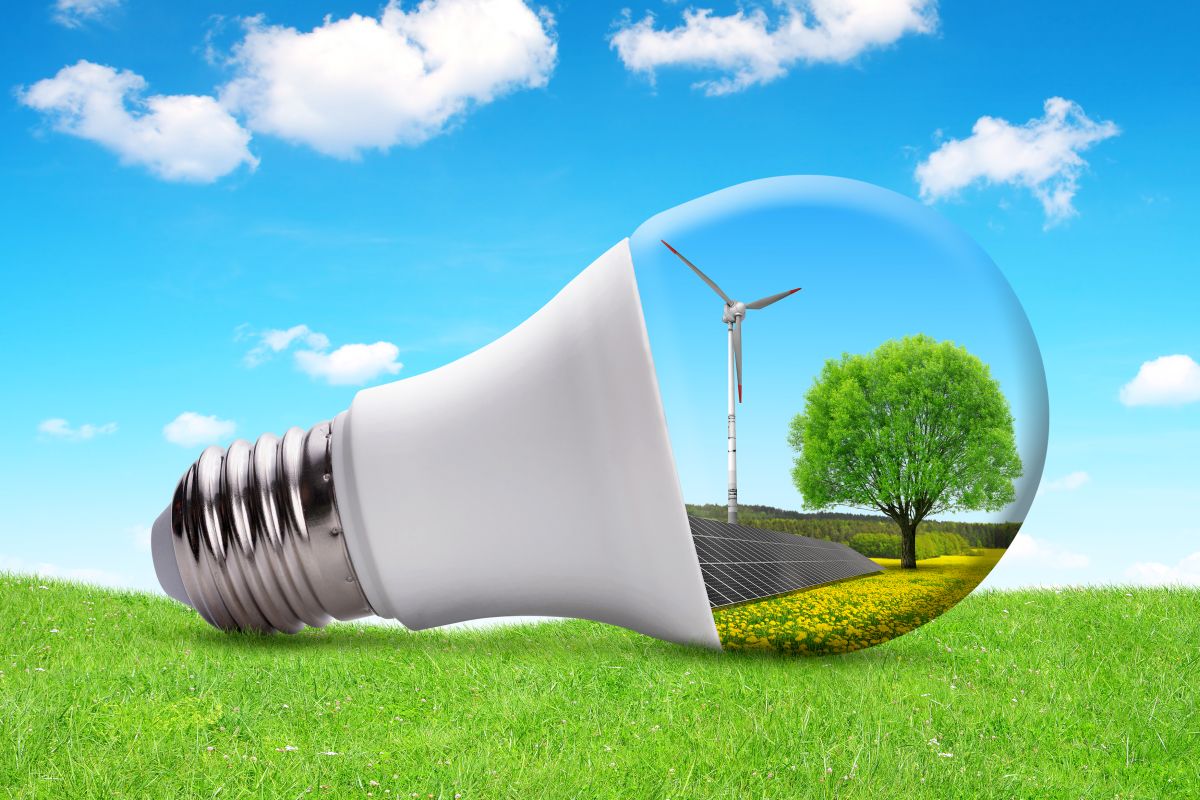

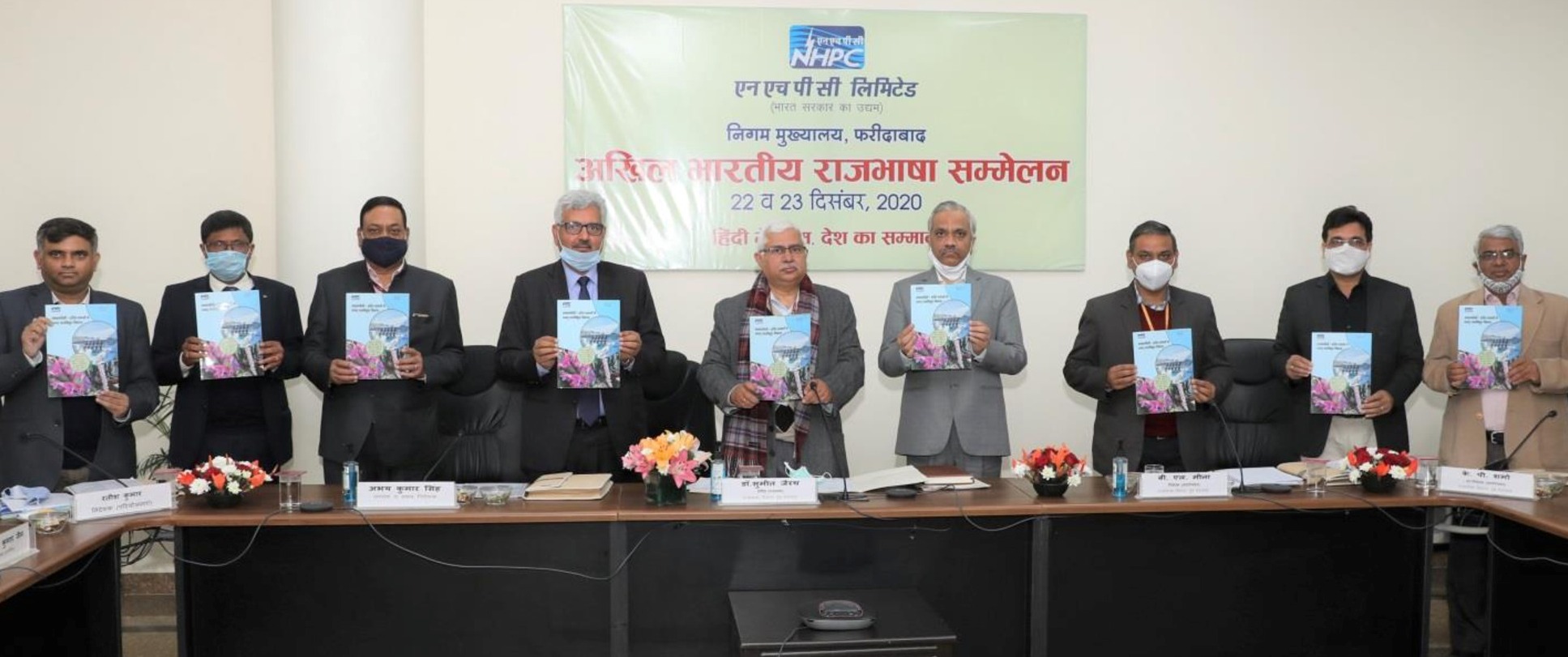


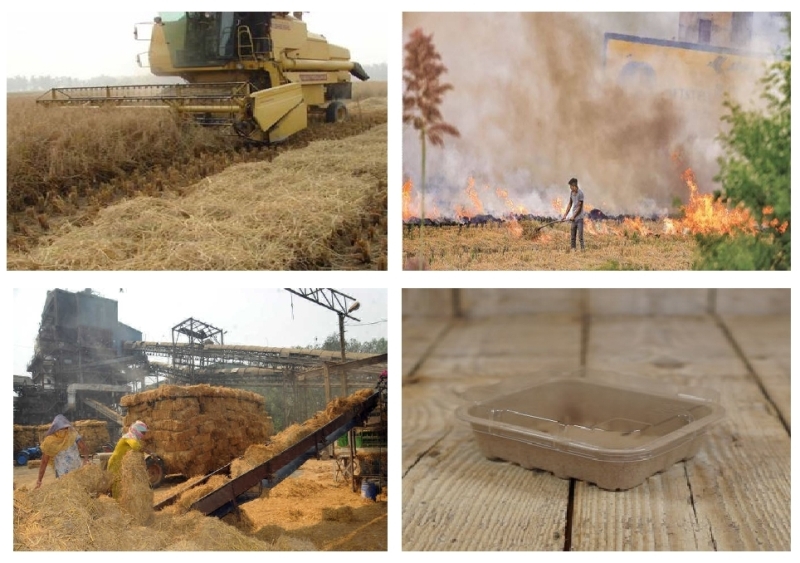





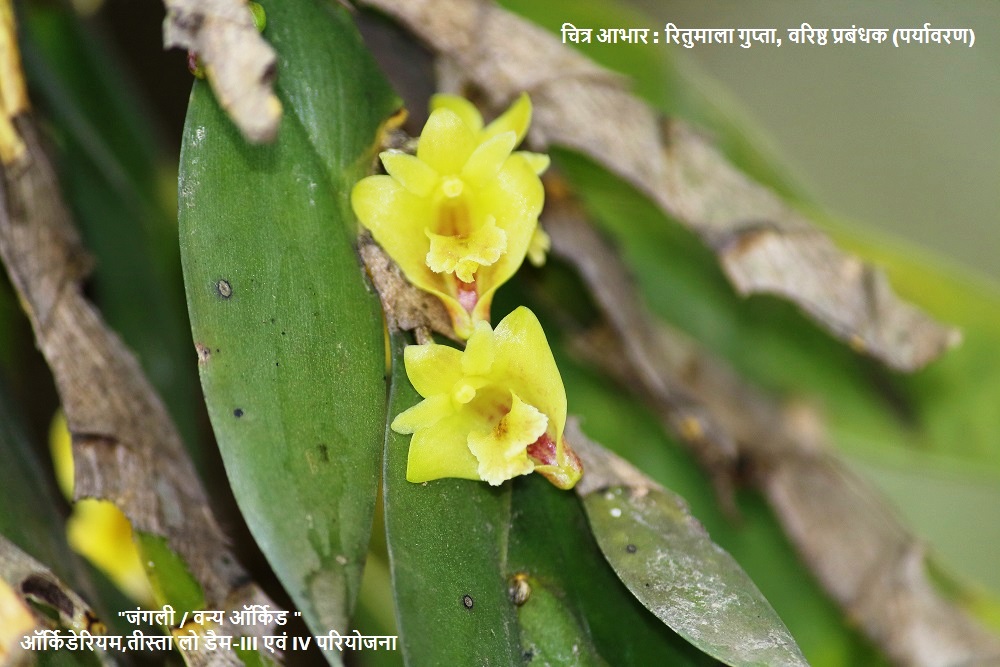

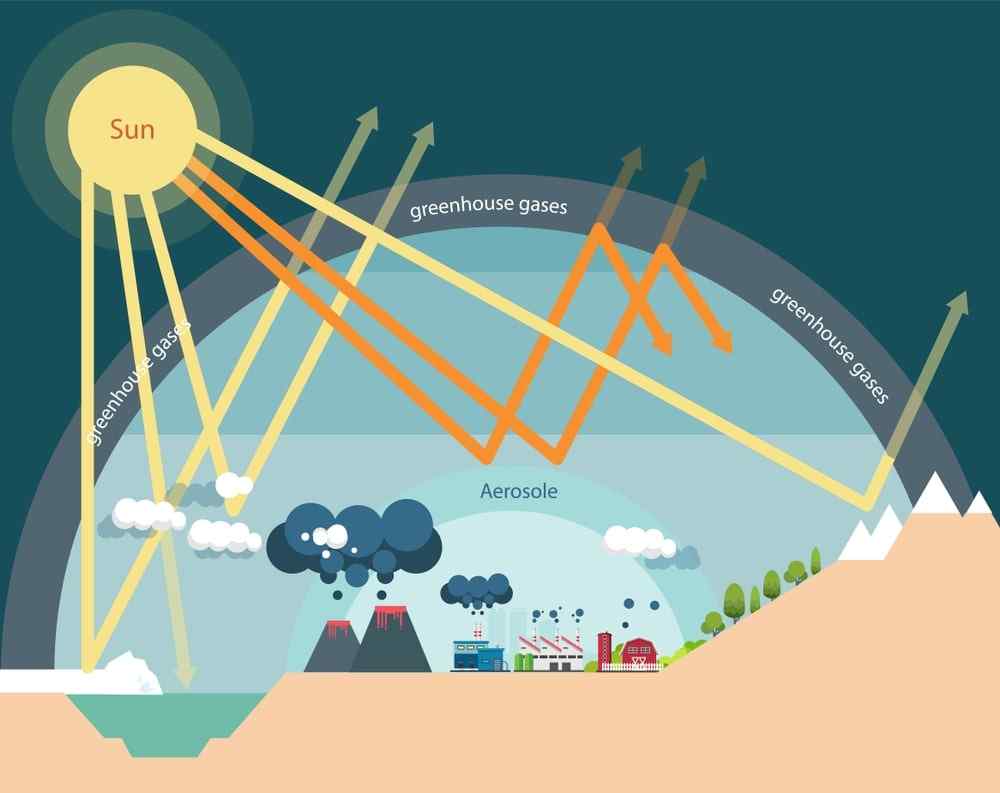
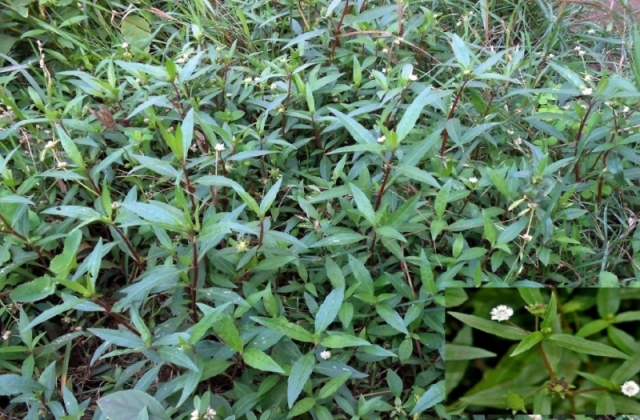
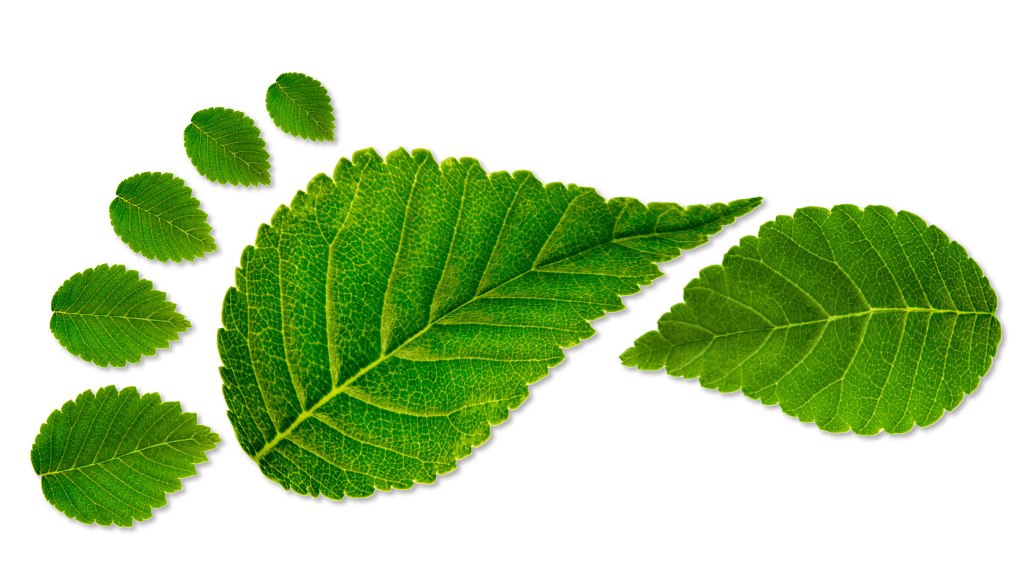






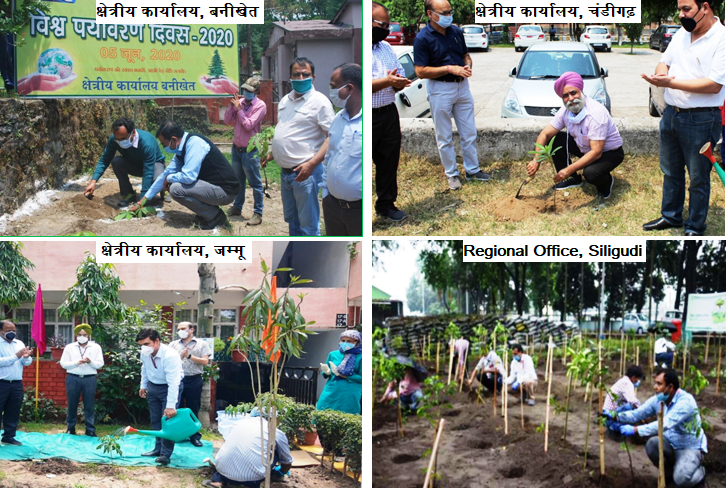
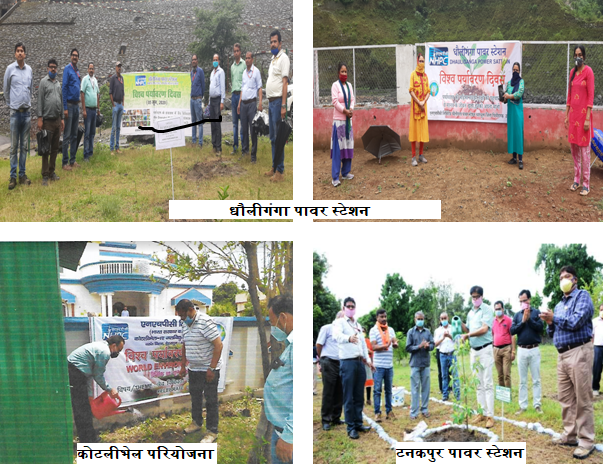
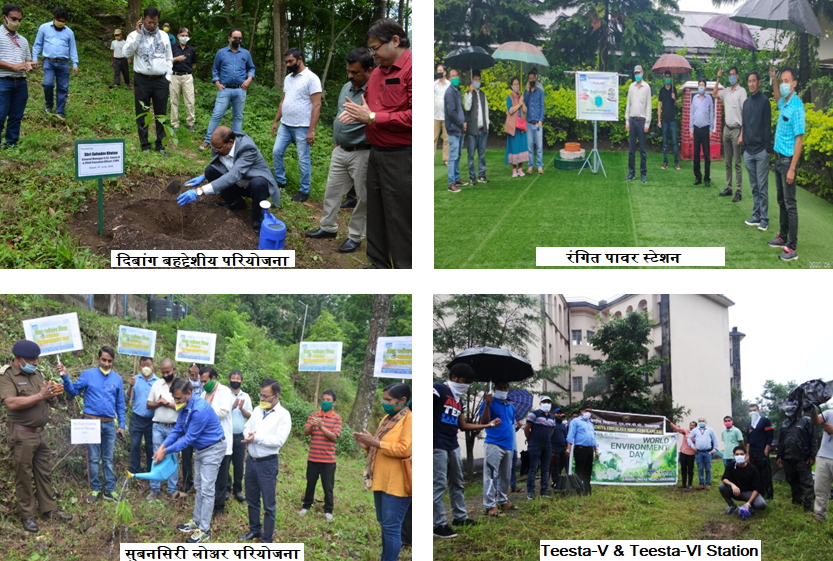
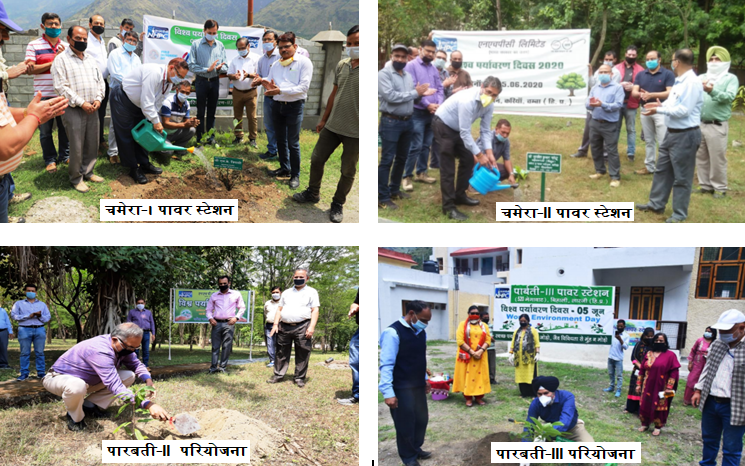
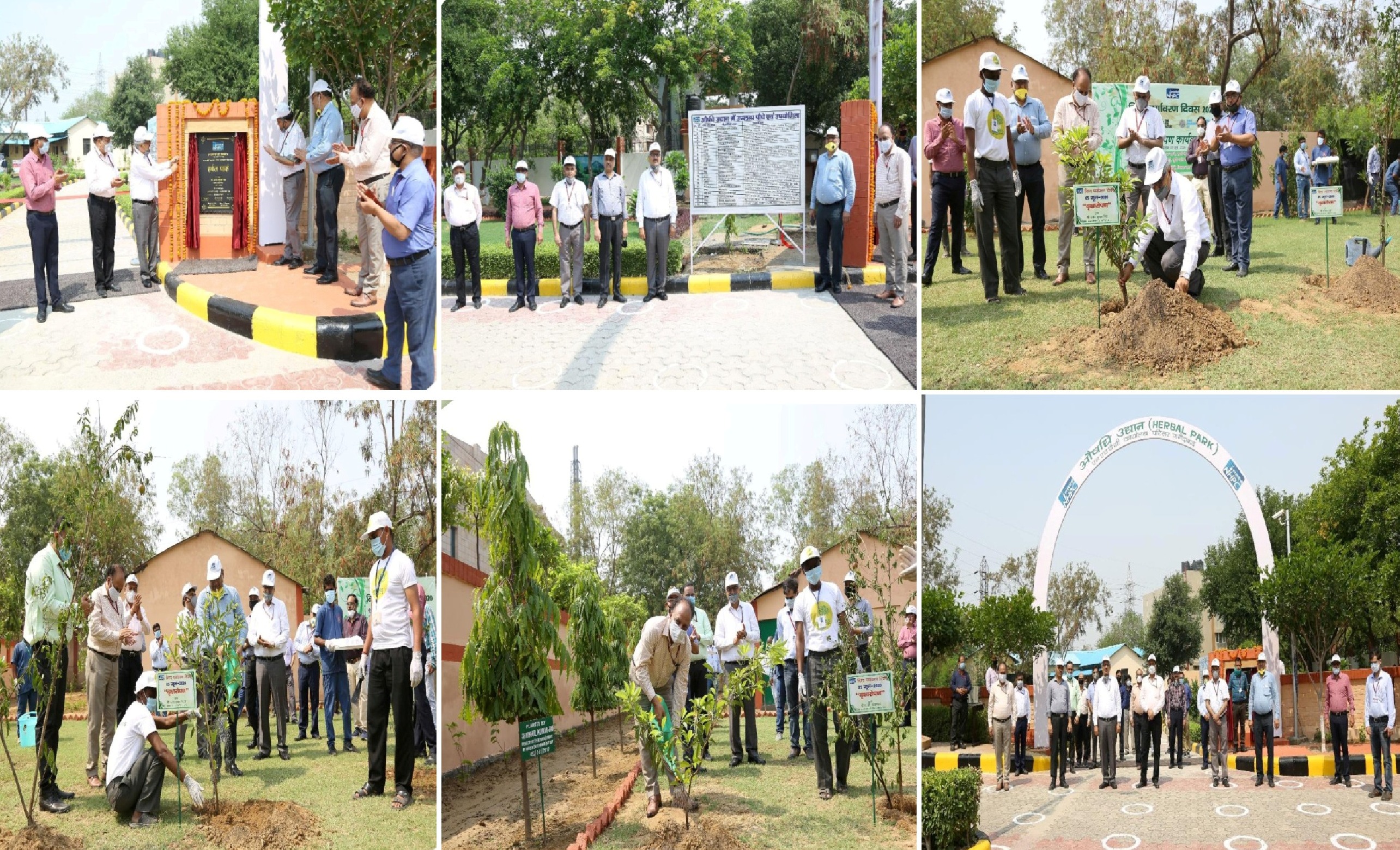
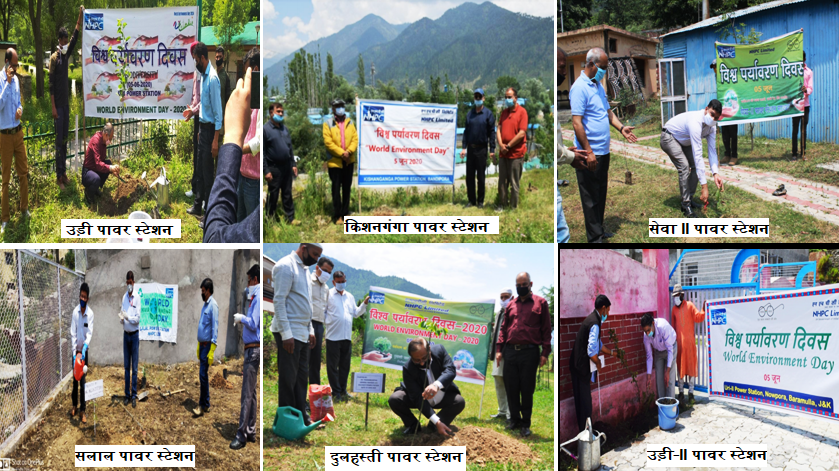
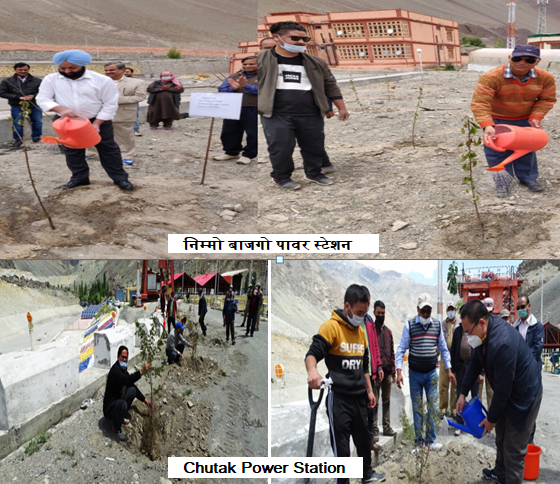
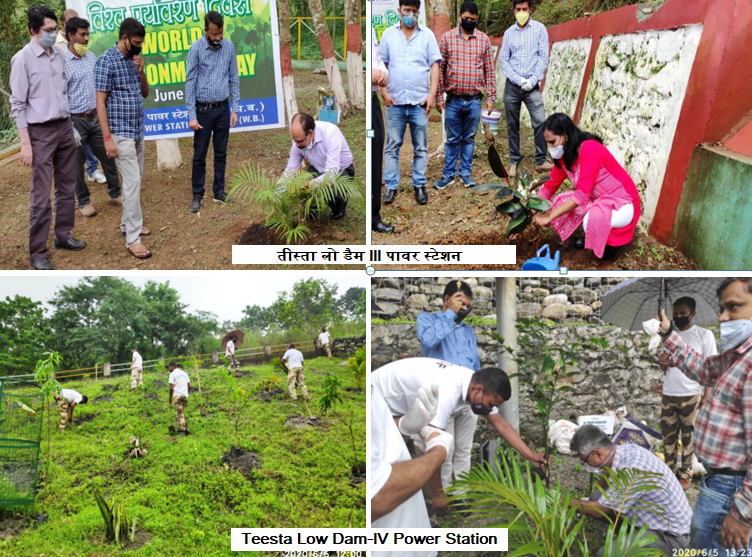
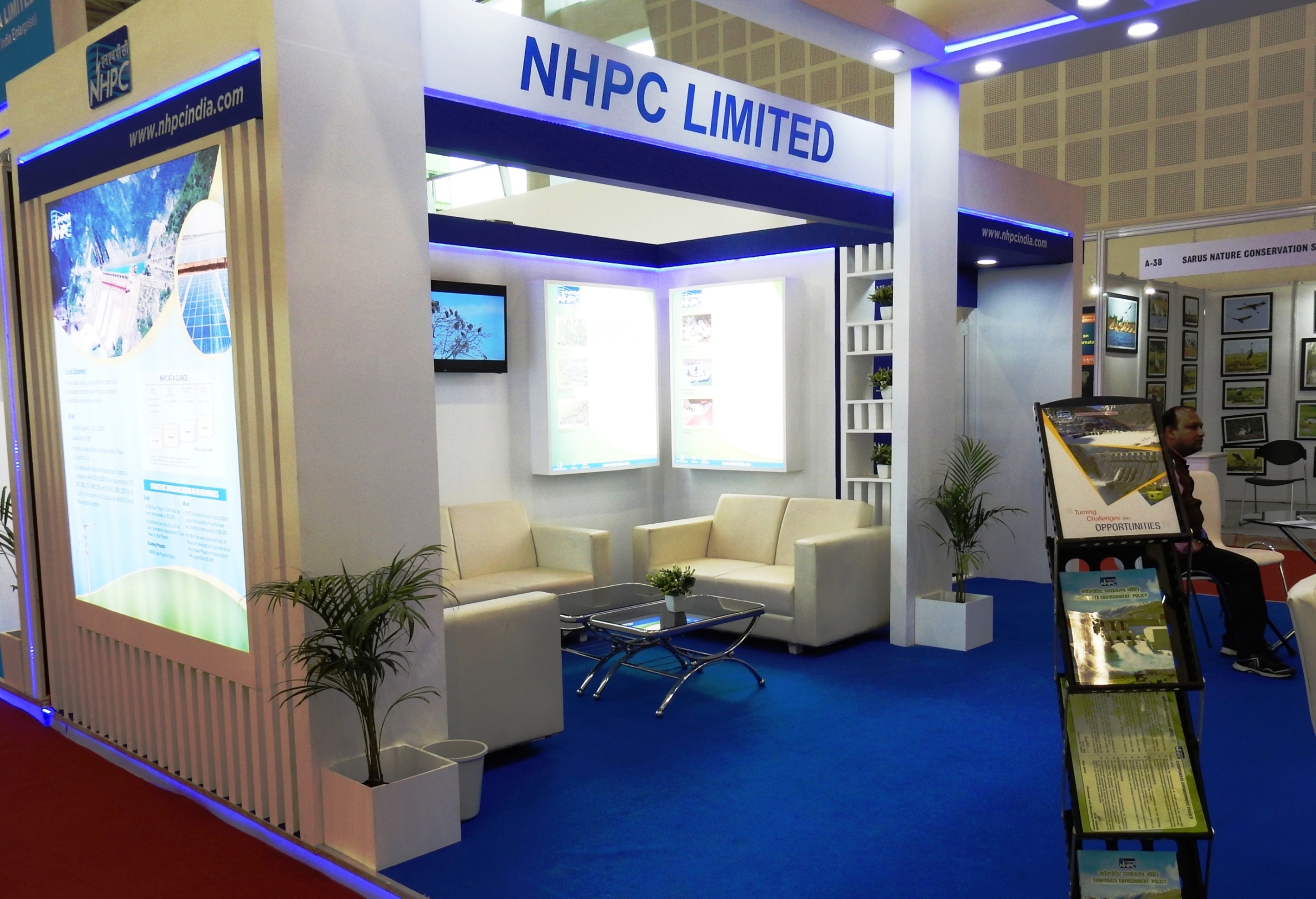







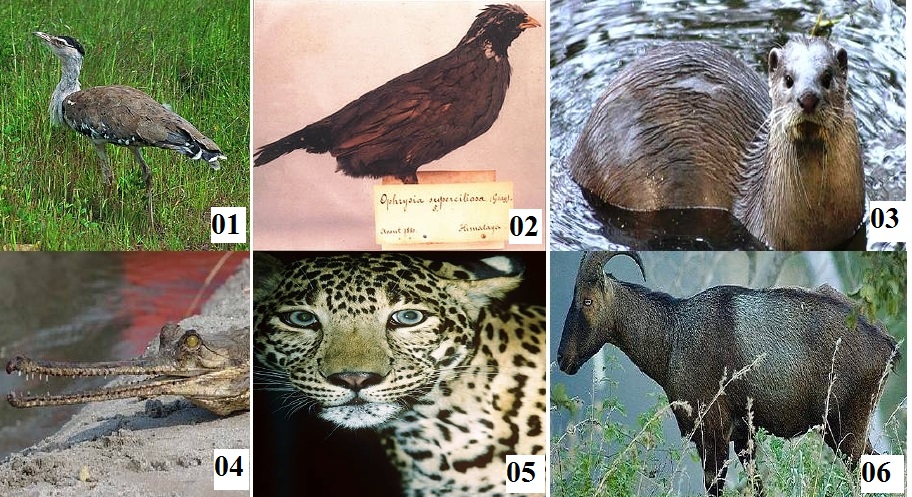
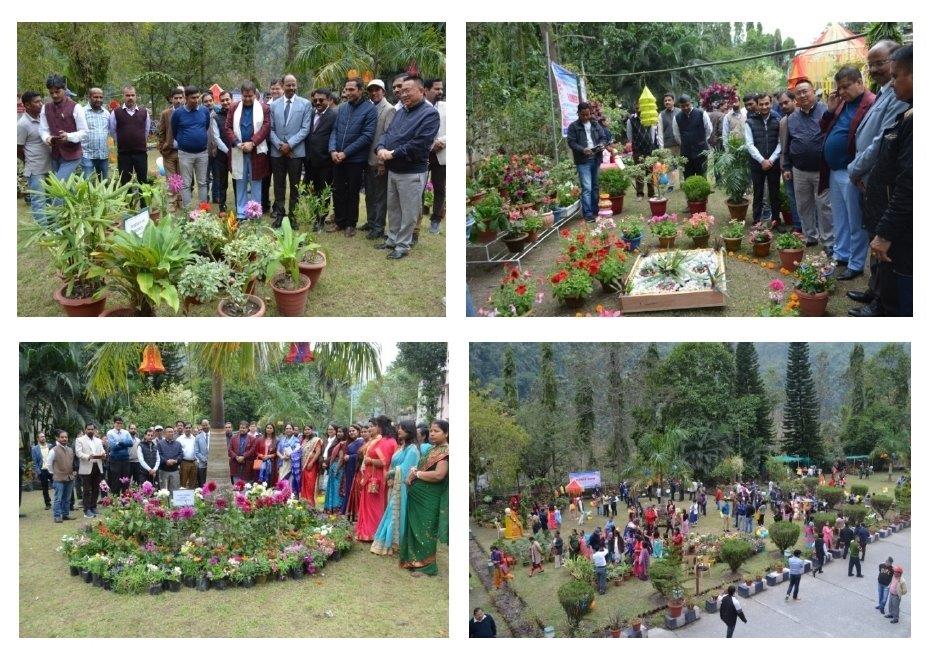
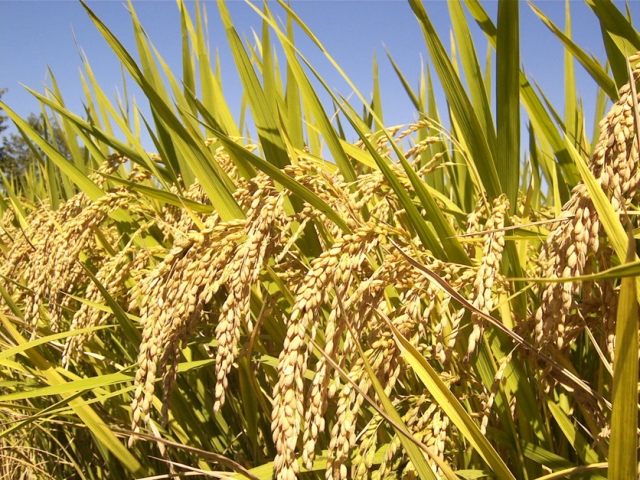
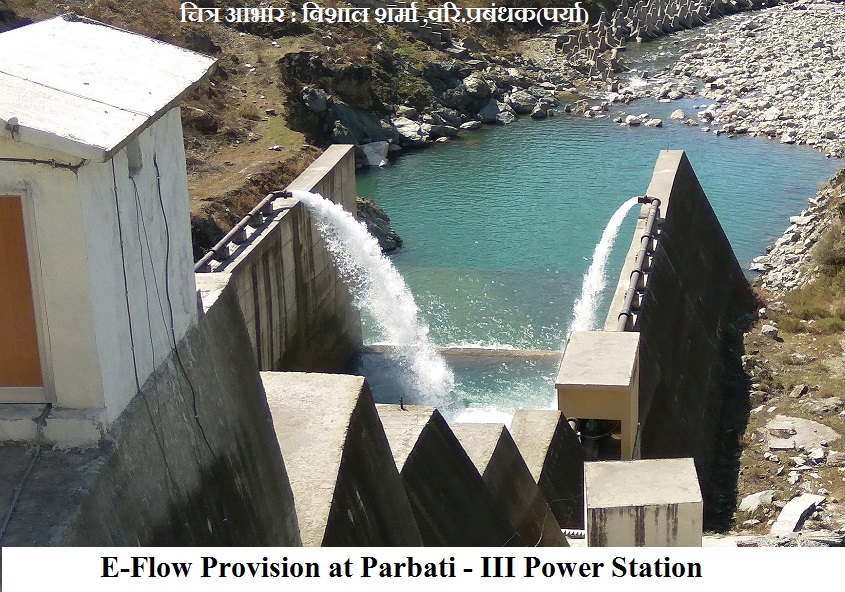

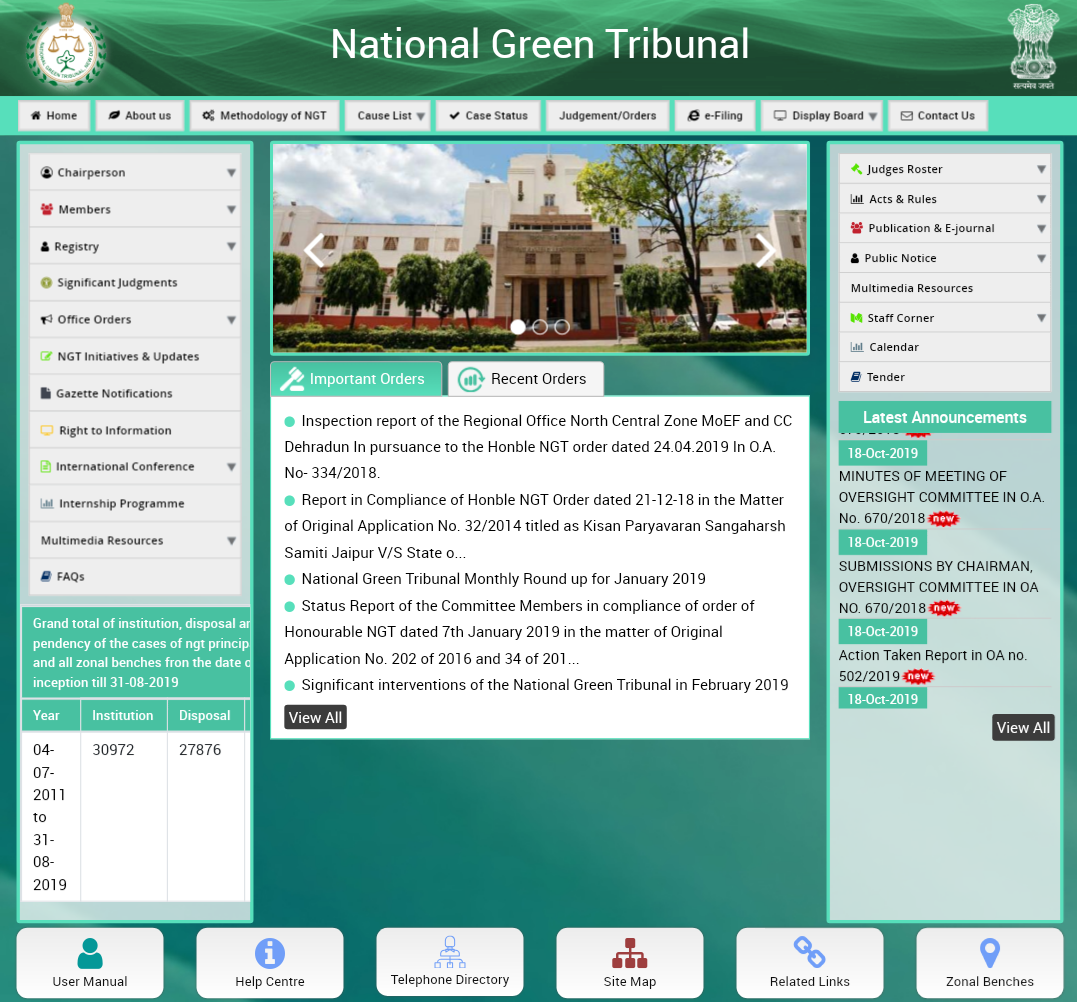
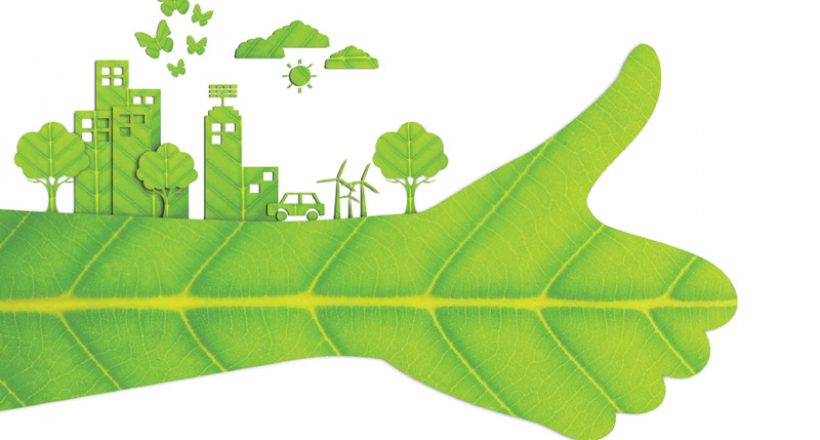
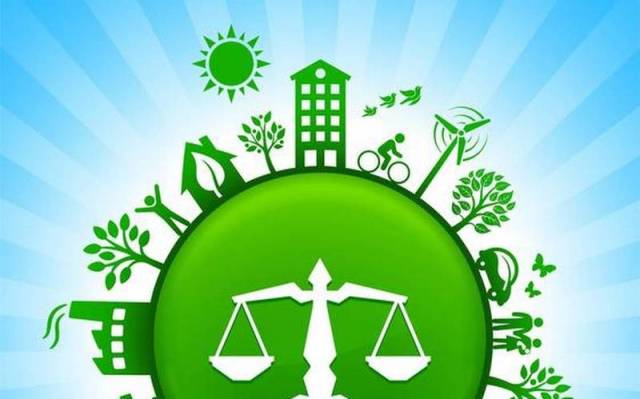





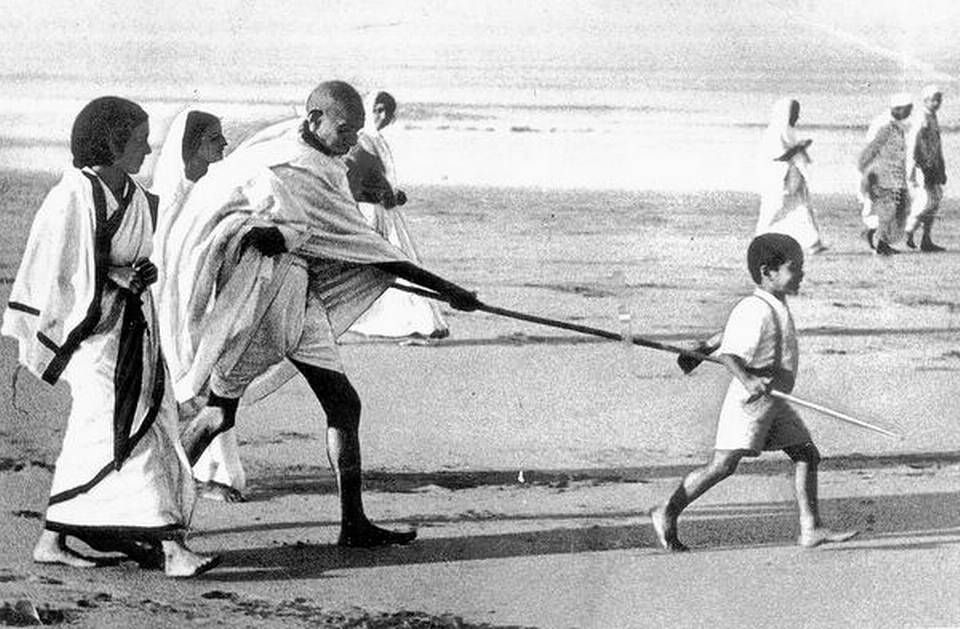

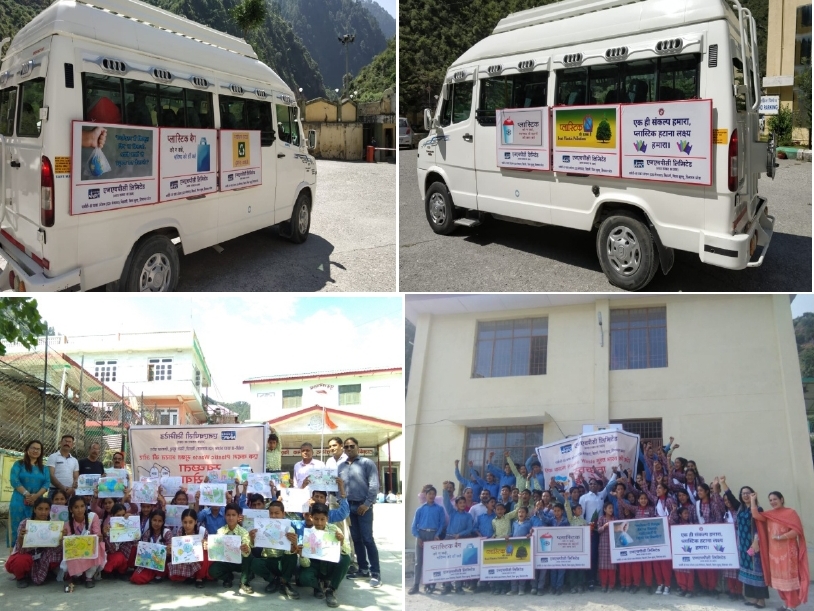
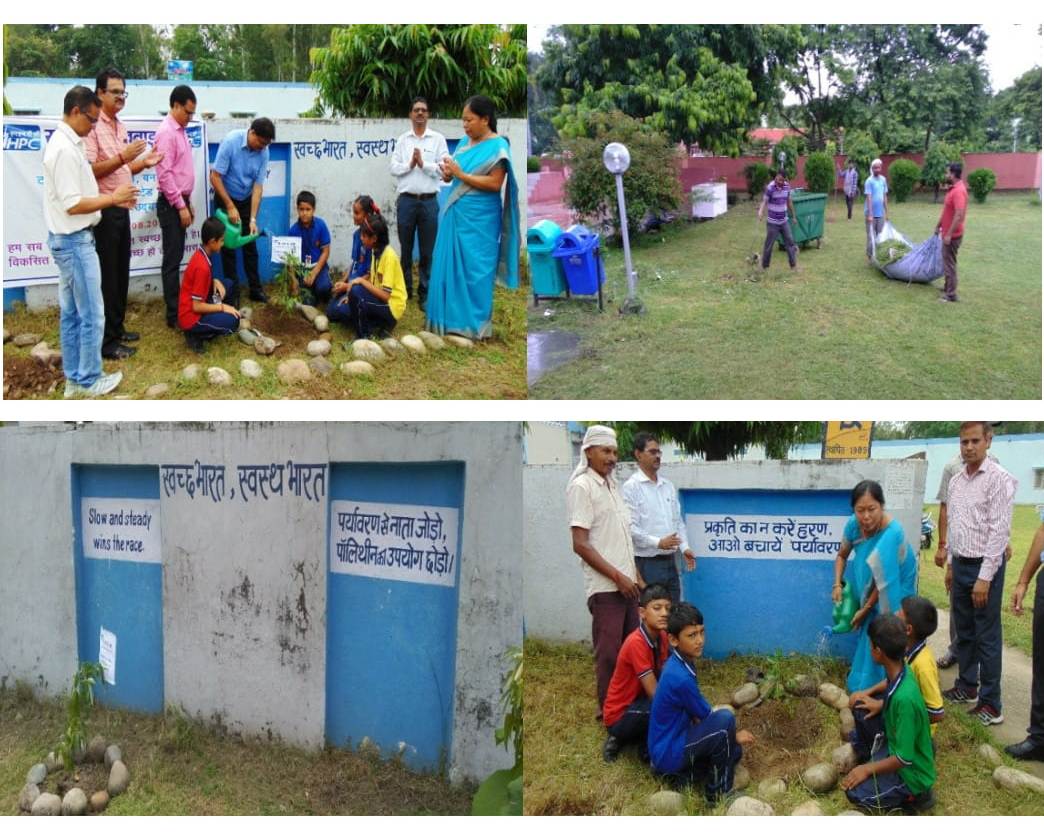


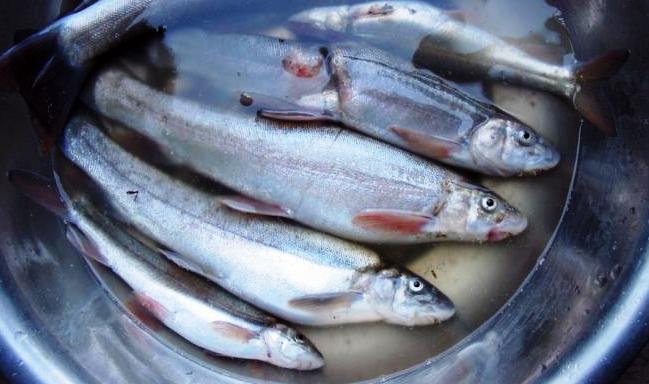

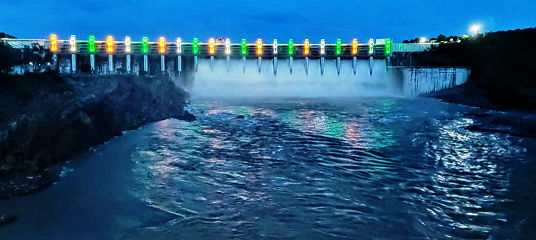
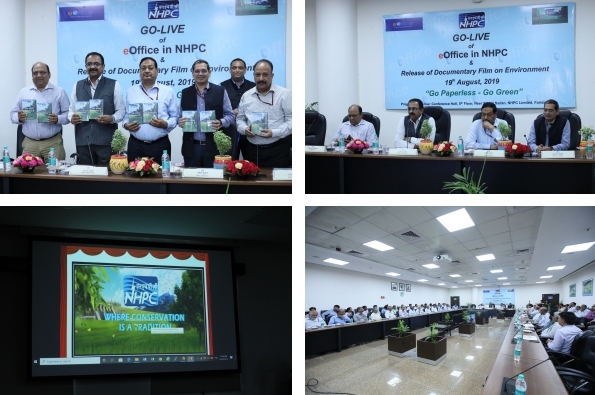
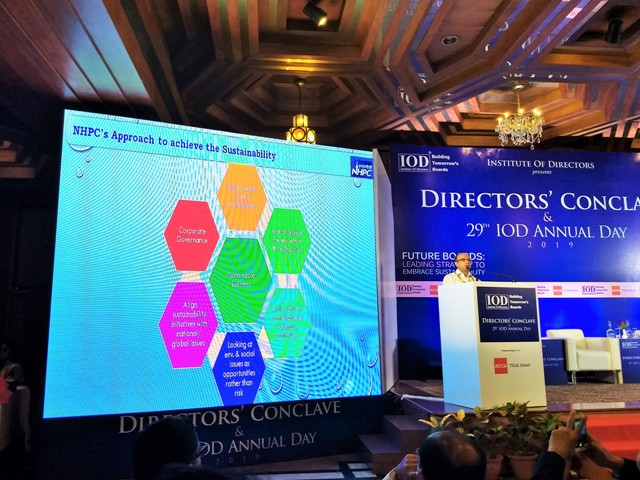
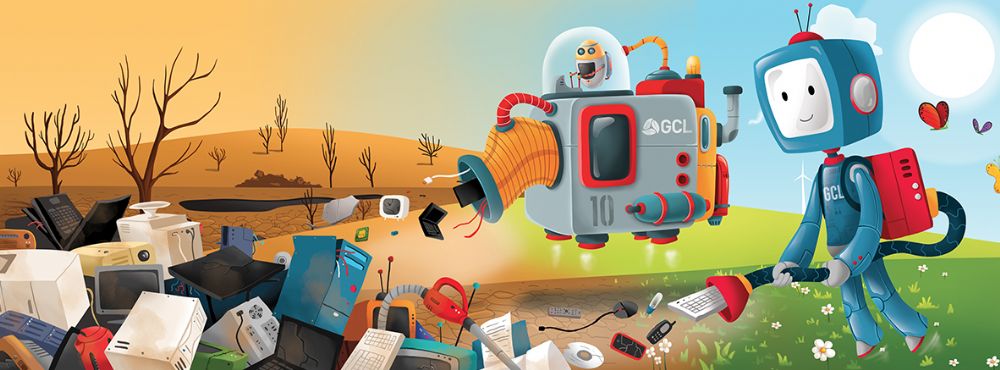
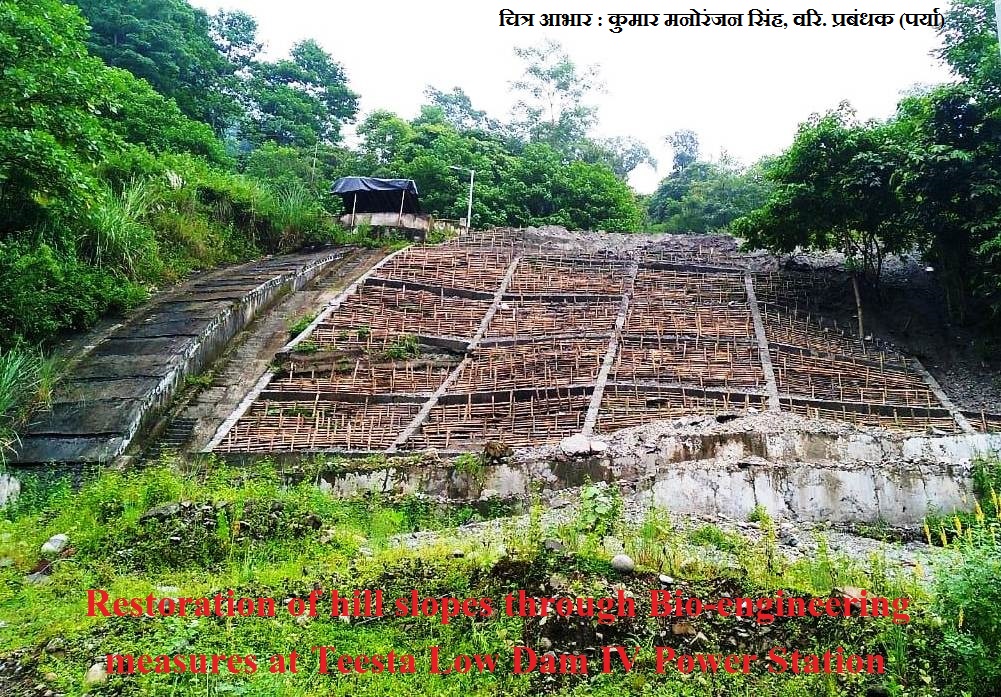


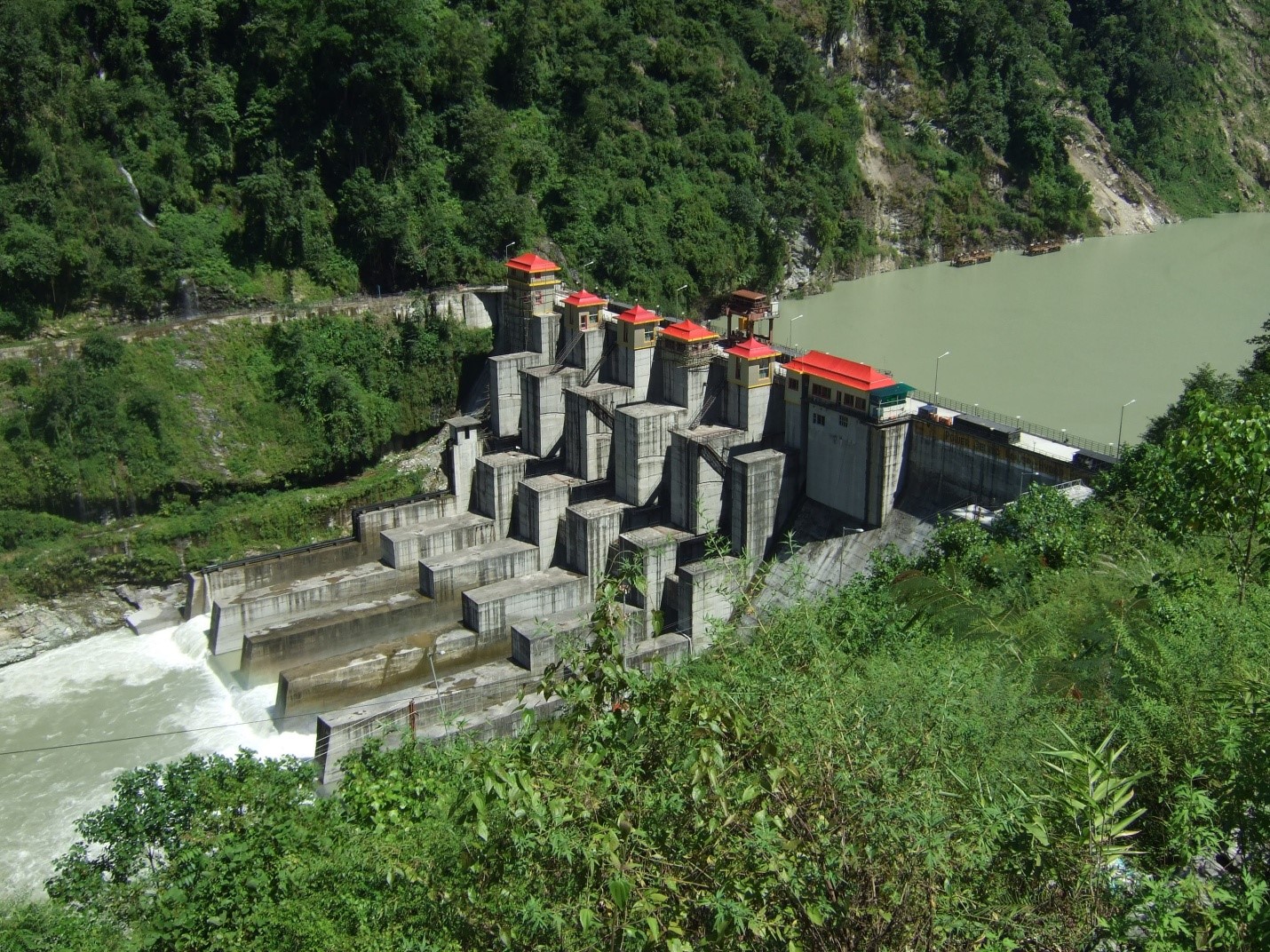
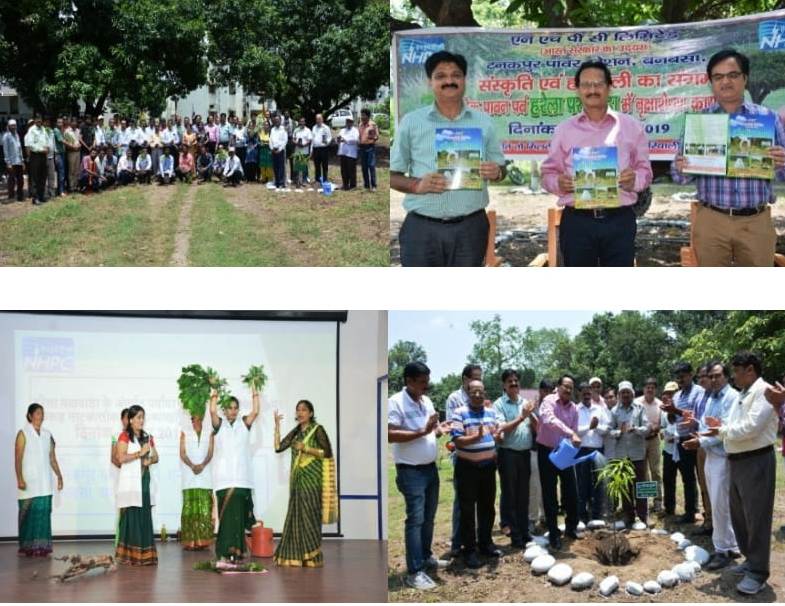
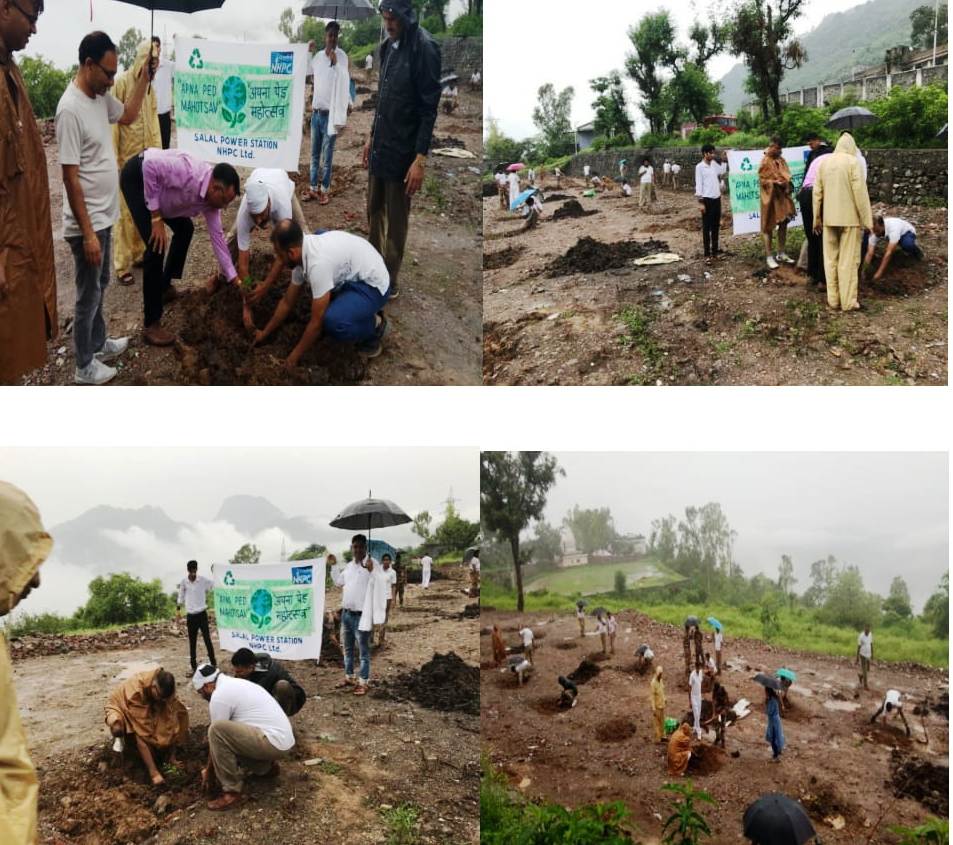



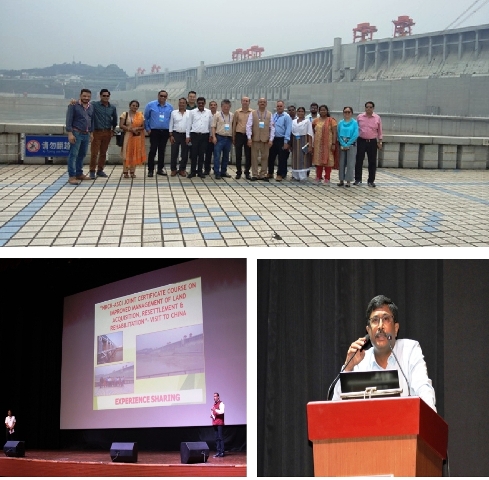


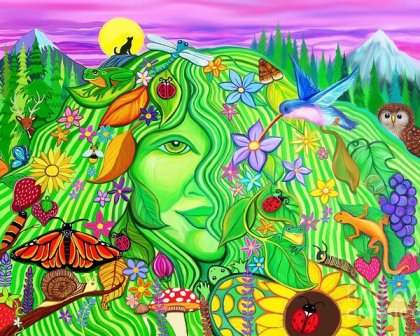
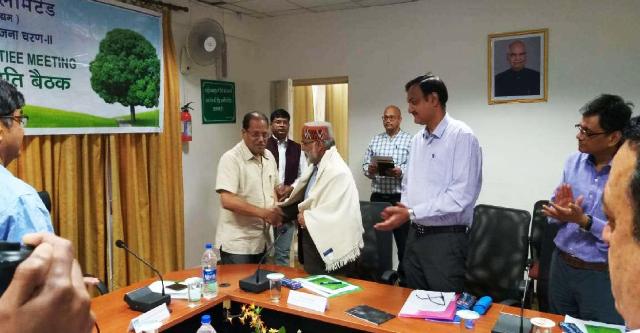

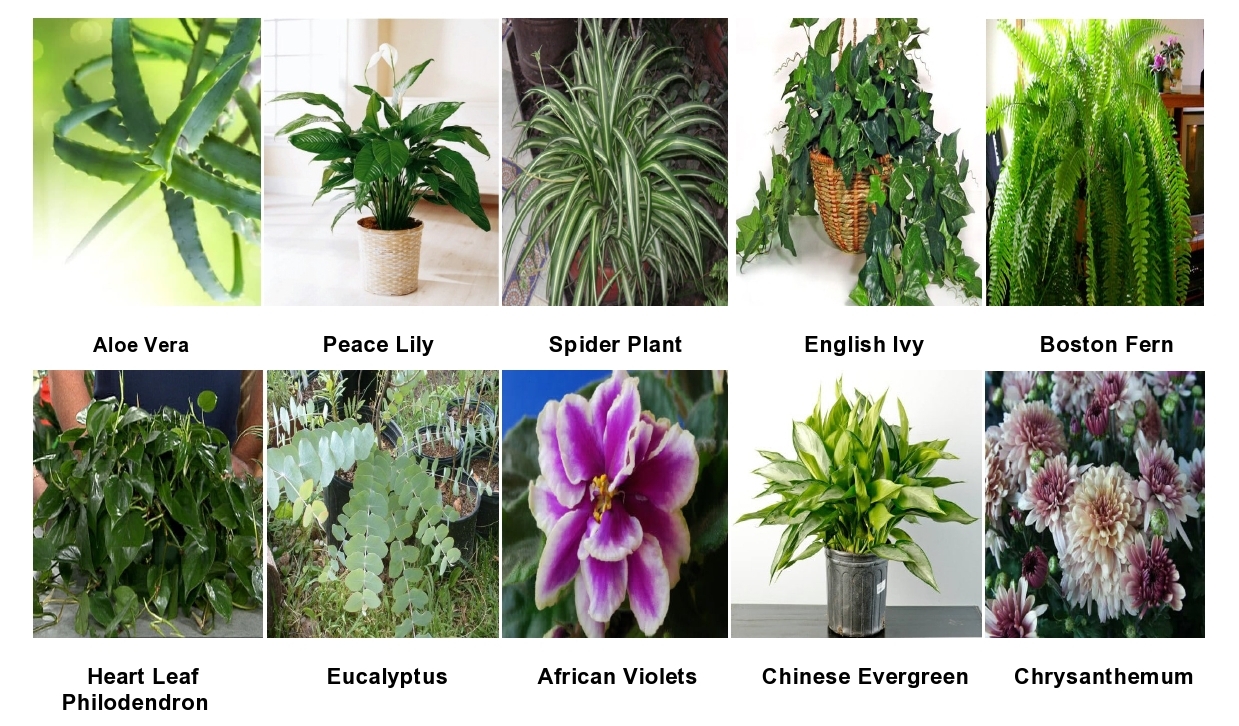
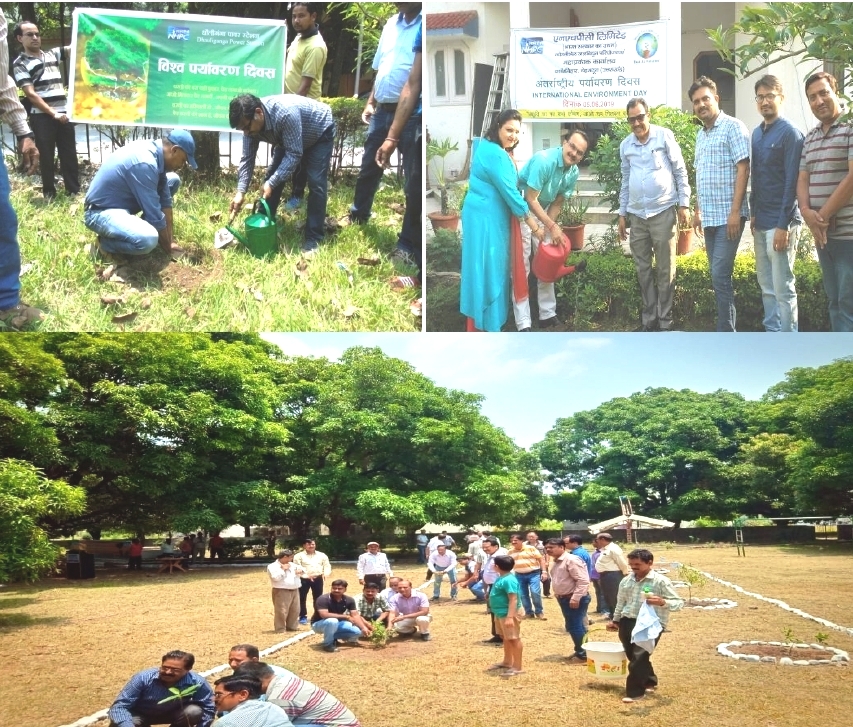
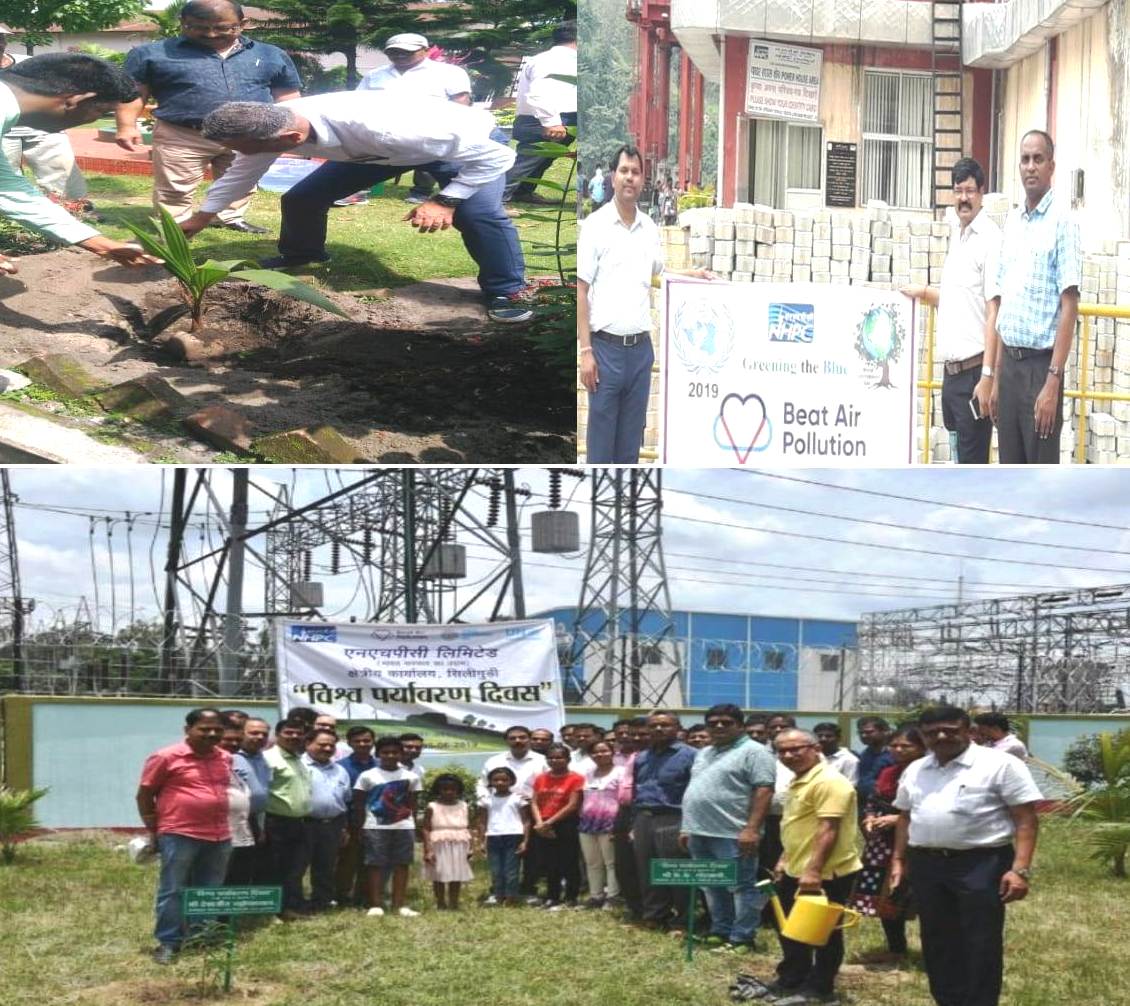

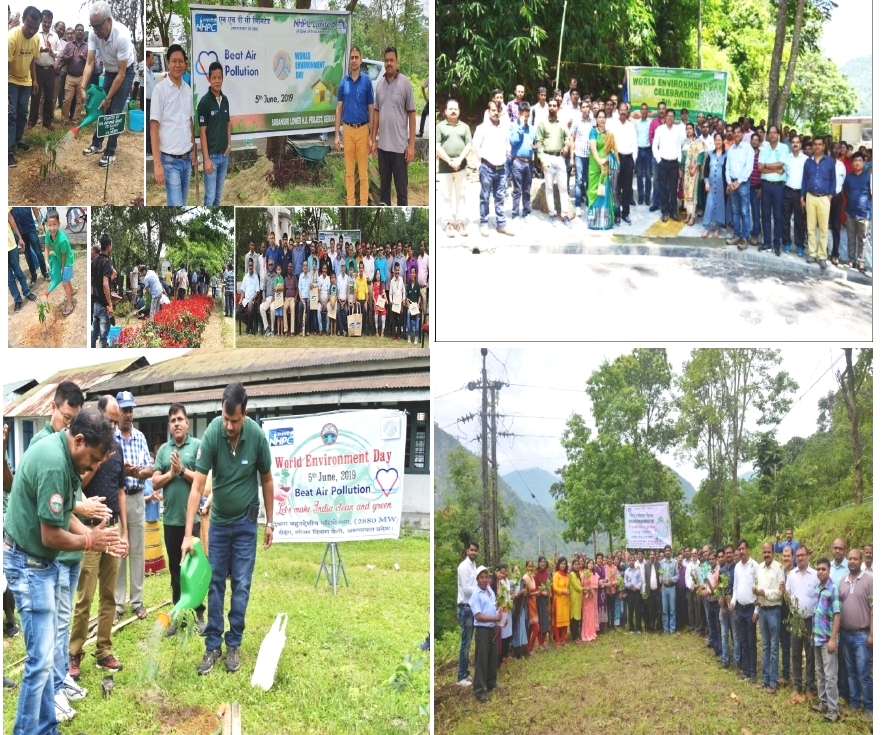
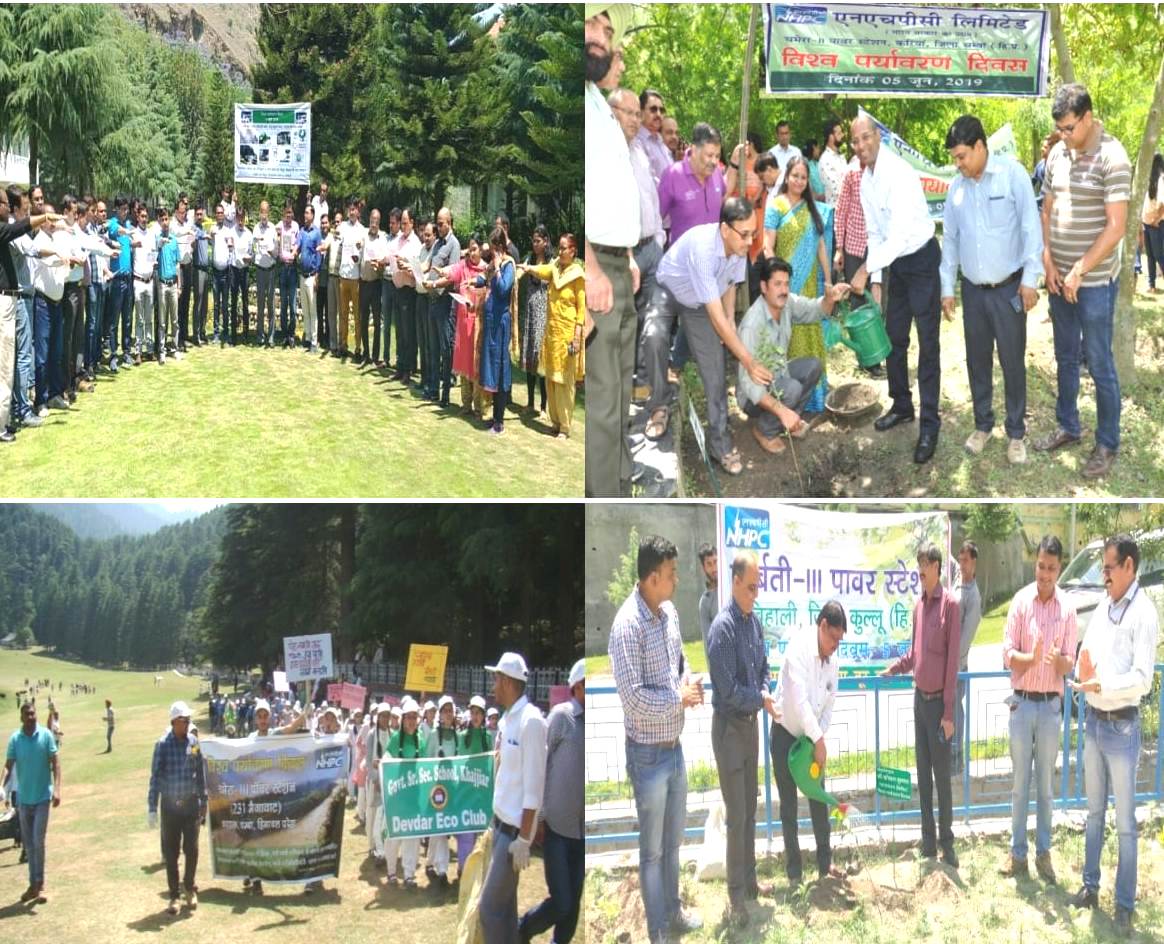
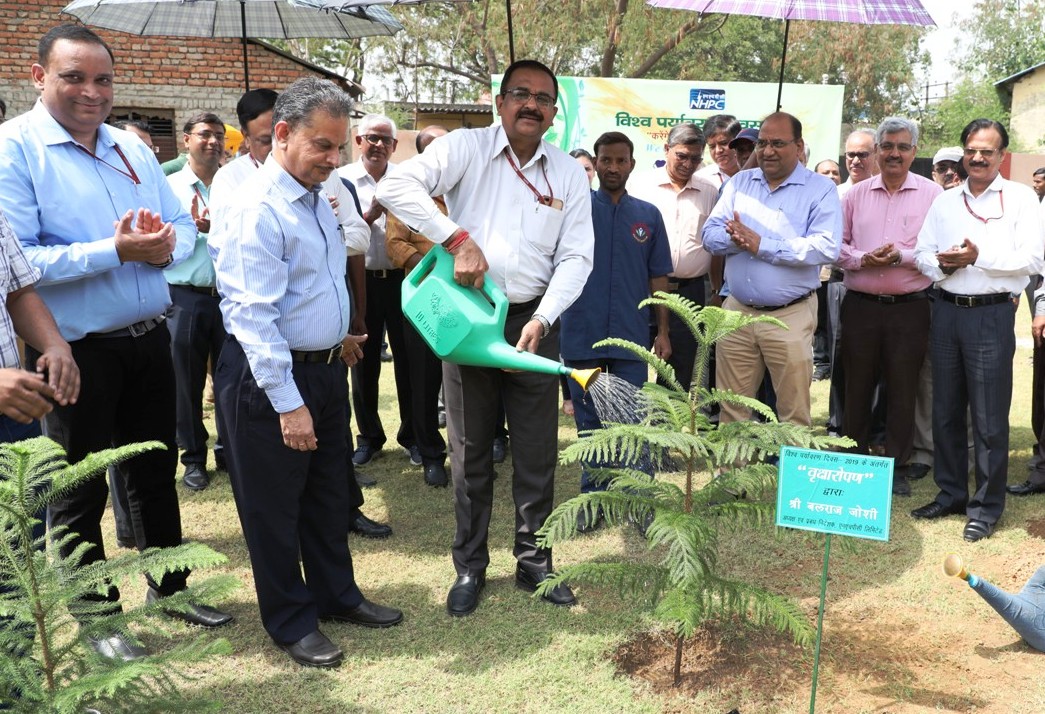

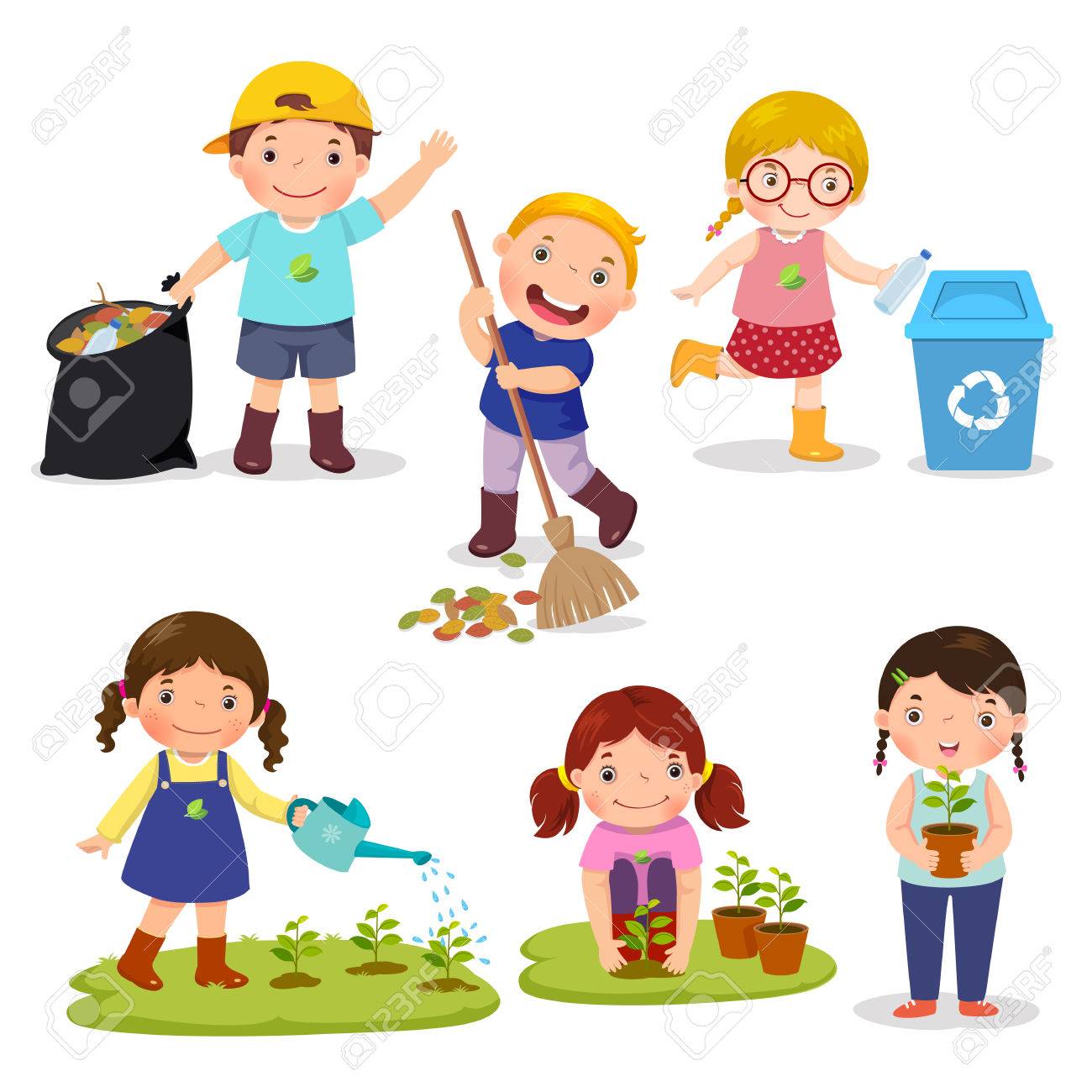
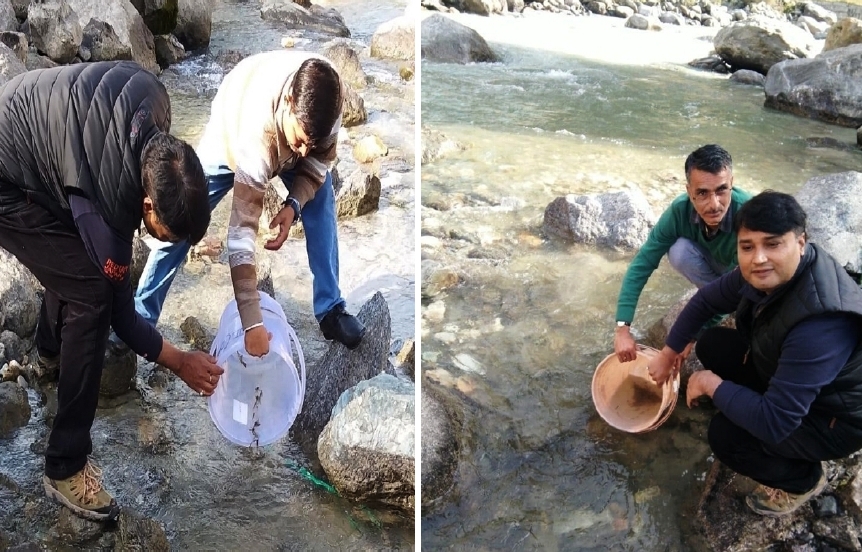


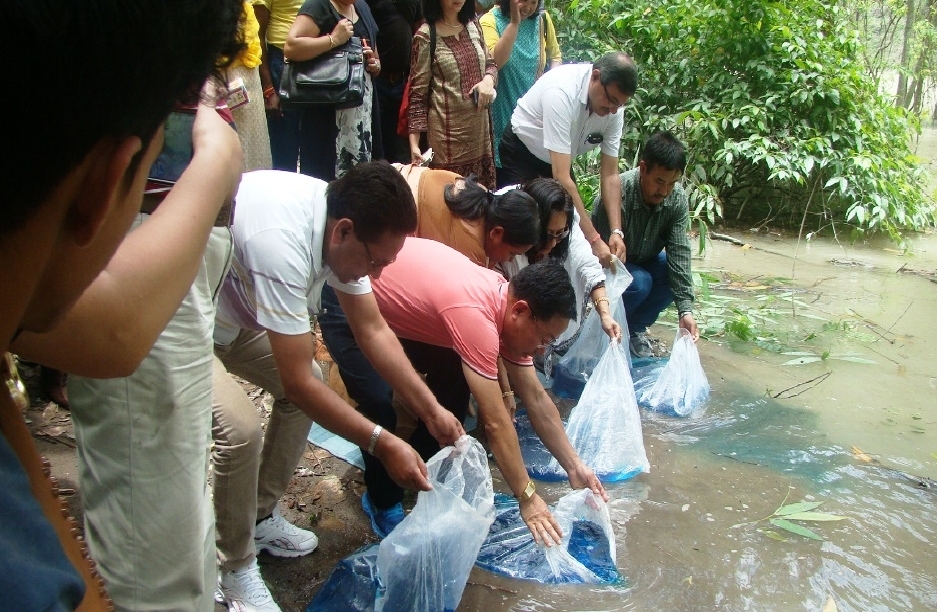


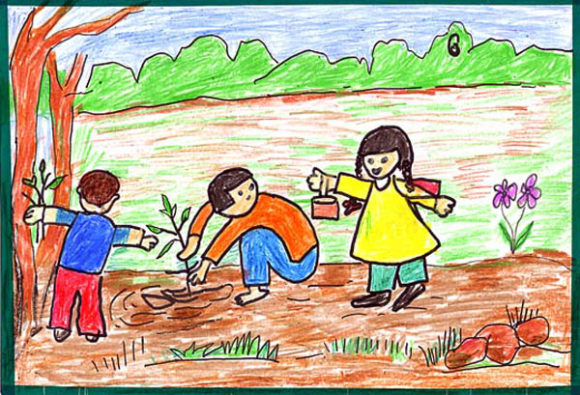

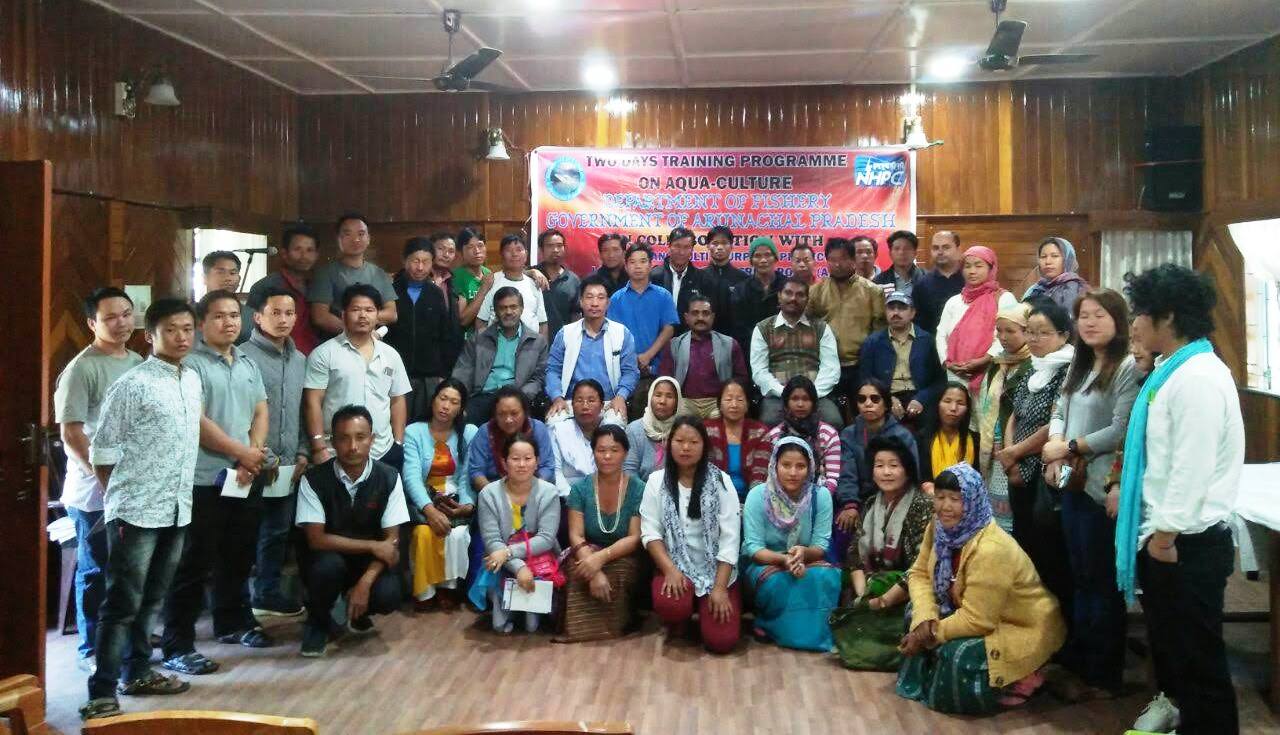

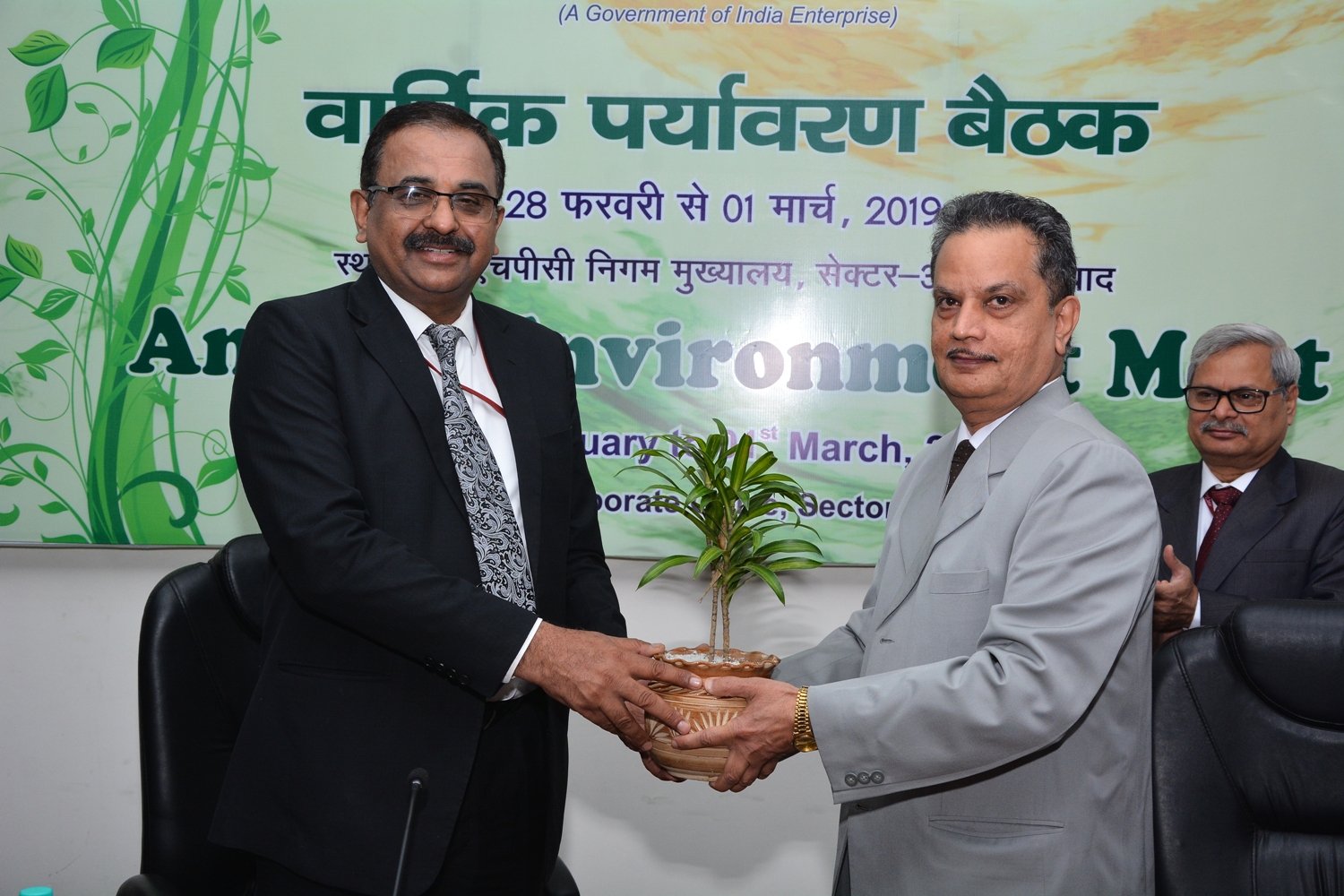










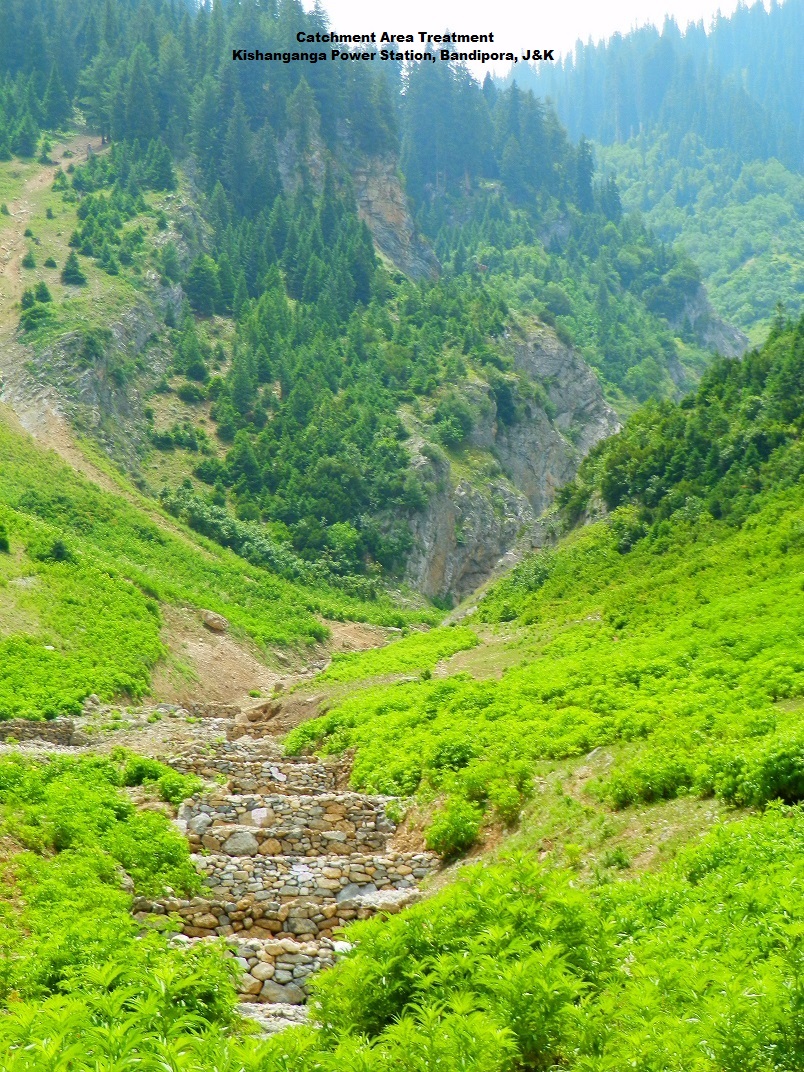
Leave a Reply